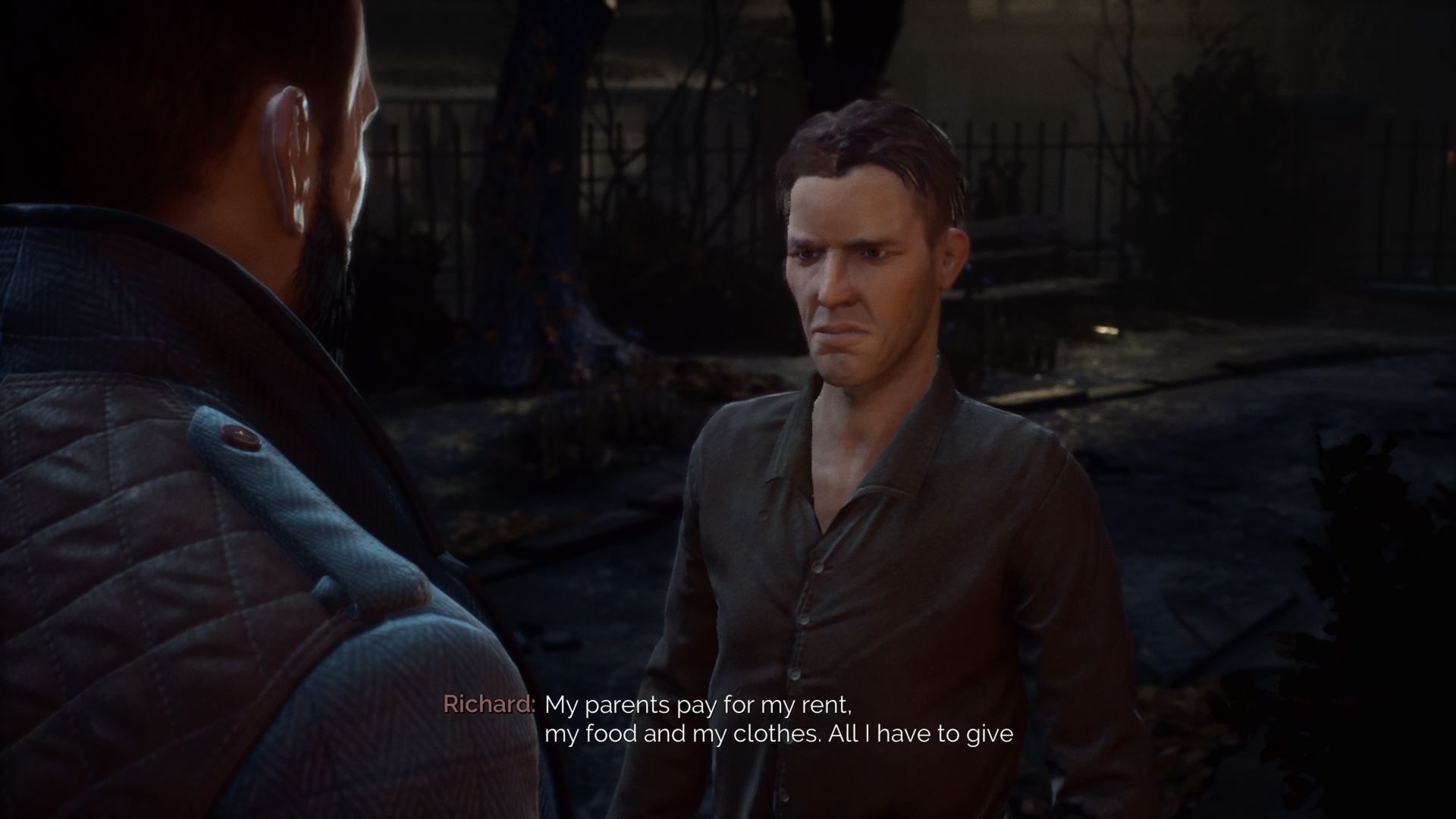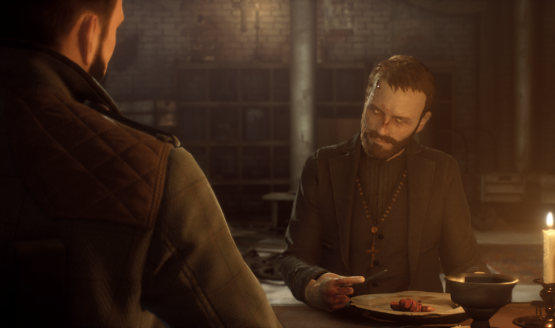After a lengthy development time and multiple previews these past few years, Vampyr is finally ready to descend upon our consoles, and to remind us that there are undead creatures out there other than zombies. Time to see if the wait has been worth it in our Vampyr review.
Good Evening, Doctor
Vampyr stars Dr. Jonathan E. Reid, a renowned surgeon famous for inventing safe and effective methods of blood transfusion. The game begins with the good doctor a bit down on his luck; however, he has been hunted by a vampire, and reborn as one himself (they are known in this world as Ekon). After a horrible accident, Jonathan quickly finds himself on the run from humans, with nowhere to go and more questions than answers. There’s an interesting narrative rolling in Vampyr, contrasting a profession as altruistic as a doctor with that of an undead beast, whose thirst for blood can hardly be quenched. Jonathan is a conflicted man, and it is up to the player to decide which of the many paths he will take to enact his revenge on the one who “made” him, or perhaps to come to terms with his immortality and help those who need him.
Vampyr takes place in 1918 London, during the very real, and very deadly, Spanish flu pandemic. This is a disease that killed anywhere from 50-100 million people. As such, the world is dreary and dark. Being a vampire, Jonathan quickly shifts his circadian rhythm such that he is awake during the night and asleep during the day. His occupation gives him a very convenient reason to work odd hours, as he becomes a night shift doctor at the Pembroke hospital.
There’s a heavy emphasis on darker colors in the world of Vampyr. Expect to see a lot of different shades of brown, interspersed with amber lighting and, of course, bright red blood. The Unreal Engine 4 powers the experience, and runs adequately at 30 frames per second. Character models are a little on the ugly side, but generally the gloomy mood is reflected in the detail of the many buildings throughout the early 20th century London depicted here. Unfortunately, no PlayStation 4 Pro optimizations have been pushed, so there is no benefit to running on the beefier console other than less fan noise and heat compared to the stock console. Perhaps this will change in an update, but as of this writing there is no official support. The frame rate does stay solid, except for one small area of one district for reasons unknown. Generally, Jonathan only faces up to four enemies in combat, and during these sequences the frame rate stays steady, which is really where it counts.
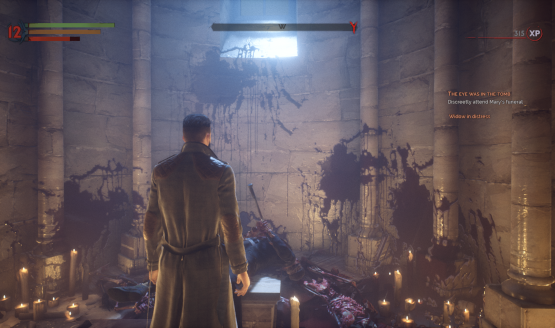
Classless Combat
Audio work in Vampyr is wonderful. The soundtrack is equal parts unsettling and invigorating, as it crescendos as enemies approach, and lowers to a tepid murmur when Jonathan converses with the locals. All characters are fully voiced, and quite well to boot. Even Vampyr’s upgrade screen includes eerie whispers as menus are backed out of, perhaps reminding the player that they are inside Jonathan’s head as he tries to not lose touch with his humanity.
RPGs usually incorporate some sort of class-based system. Vampyr eschews that in favor of granting access to all available abilities, for a price. Once Jonathan’s level is high enough, he becomes eligible to upgrade any of his abilities. But XP is a rare commodity these days. Completing quests will help to grant some XP, but the largest source of the valuable points is in sucking the blood of citizens within each of the four districts of London.
A light crafting mechanic exists within Vampyr as well. Residents will contract illnesses of all sorts, from general fatigue and headaches, to anemia and sepsis. Jonathan is able to collect ingredients, such as sodium hypochlorite and ferrous tartrate. Combining these ingredients with glass vials will produce medicine to cure ailments. Recipes must be unlocked at a workbench, where the actual crafting also takes place. These recipes are “pre-packaged;” that is, Jonathan either has all the ingredients and can make the item, or not enough of the ingredients and cannot make the item in question. This same workstation is also used to create upgrades to weapons, assuming the proper parts are found in containers and on fallen enemies. Finally, Jonathan can also make medicine for himself, for a health, stamina, or blood boost for his vampiric powers.
Unknown Futures
As Jonathan talks with the many troubled residents of each area, hints can be unlocked revealing personal information about them. This increases the XP gained from that person if they are embraced (the Ekon term for draining someone of their blood). But most people have connections to one or more other residents, who will become demoralized if too many friends and acquaintances go missing. Each district has a health, ranging from sterilized to critical. The more people are cured of ailments, the healthier the district climbs, and vice versa. If too many people die or go missing, the district can become hostile. A hostile district is bad news – quests become unavailable, and the area becomes filled with powerful, hungry creatures out for blood.
To further complicate matters, each district also has certain members who serve as the pillar of the community. Their thriving or sudden disappearance has nearly immediate, and certainly monumental, ramifications for the entire area. At certain crucial moments in the campaign, the future of the district lies in Jonathan’s hands as he makes key decisions about who to help and who to get rid of, decisions which have lasting and unforeseen ramifications. A completely different set of consequences await each key moment, some of which the player will not see coming. As previously reported, there are no save slots (meaning you cannot manually save), as only three different save games can exist. Vampyr auto-saves frequently, ensuring that players must live with their choices. This also means that death doesn’t slow progress much, which is a good thing given how tough some encounters are. Despite this frequent automatic saving, reloading an area after dying takes a surprisingly lengthy amount of time as well.
As is hopefully obvious by now, Vampyr has a heavy emphasis on interpersonal connections. Indeed, a lot of the campaign is spent talking with people, and prying out key pieces of information. Interactions are believable, and all characters behave in ways befitting their personalities. This softens the blow of Vampyr’s less-than-stellar combat. Since there is no class-based character creation, the player is stuck with Jonathan’s speed, or rather lack thereof. He just moves very slowly when not sprinting or using a vampiric dash, and swings all melee weapons rather slowly as well. There is no real quick attack option, but at least the dash and other moves don’t cost much stamina and can be executed in rapid succession. Enemies quickly reach overpowered status as well, often one-hit killing Jonathan. This is Vampyr’s form of a difficulty level – the game allegedly gets easier the more people Jonathan eats at the expense of the health of a district.
Slow Your Swings
Vampy’s combat requires a methodical approach, much like being a doctor. Defeated (non-citizen) characters respawn every time the player upgrades abilities by sleeping in a bed in a hideout. This means that clearing an area of enemies is only good for one night, something that must be remembered. Furthermore, enemy level also increases as Jonathan becomes stronger, ensuring that repeat trips to the same area is never really very easy. Upgrading weapon stats quickly becomes important, especially for those who wish to complete the game without unnecessarily sucking the blood of any victims. While heavy-hitting weapons will do substantial damage, they are slow to attack with, and so combat usually boils down to isolating individual enemies, dodging their attacks, and waiting for the right moment to strike. It’s rewarding if the right attitude is used on approach, but it is much slower-paced than most gamers are used to.
Sluggish combat aside, Vampyr will provide hours of blood-sucking entertainment. You can be the vampire you always wanted to be, as ruthless or benevolent as you desire. Weighty life-or-death decisions all but ensure that players will want to run through the campaign multiple times to see how things would play out differently by killing or saving certain individuals, or by upgrading certain abilities earlier or later. Vampyr is a cinematic, single-player experience well worth your time and money. A harrowing adventure await those who are willing to sink their time into Vampyr.
-
An intriguing story
-
Solid voice acting
-
Unique citizen mechanics
-
Combat will aggravate some
-
Unimpressive character models
-
Lengthy reloading time
Vampyr Review
-
Vampyr Review #1
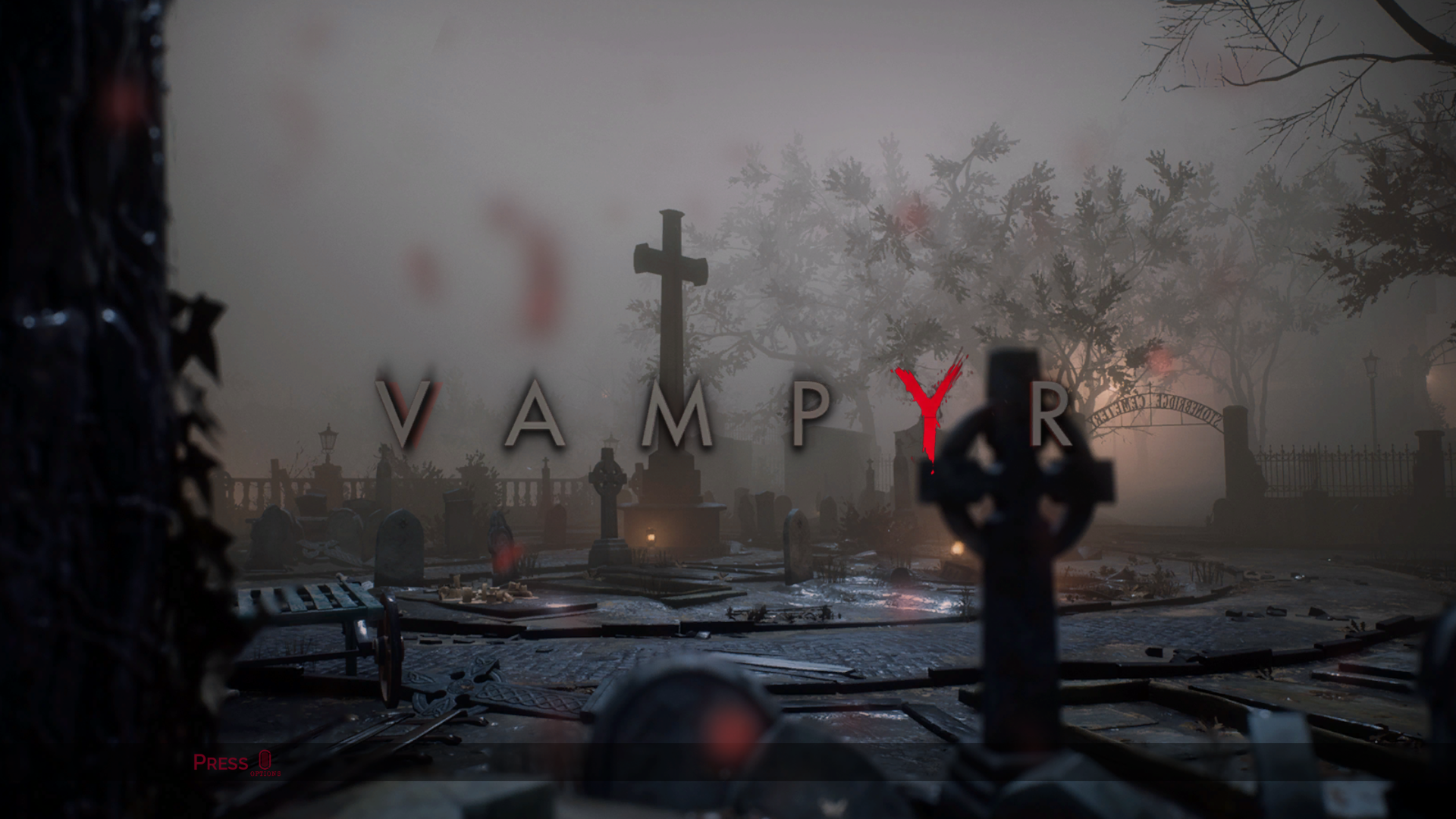
-
Vampyr Review #2
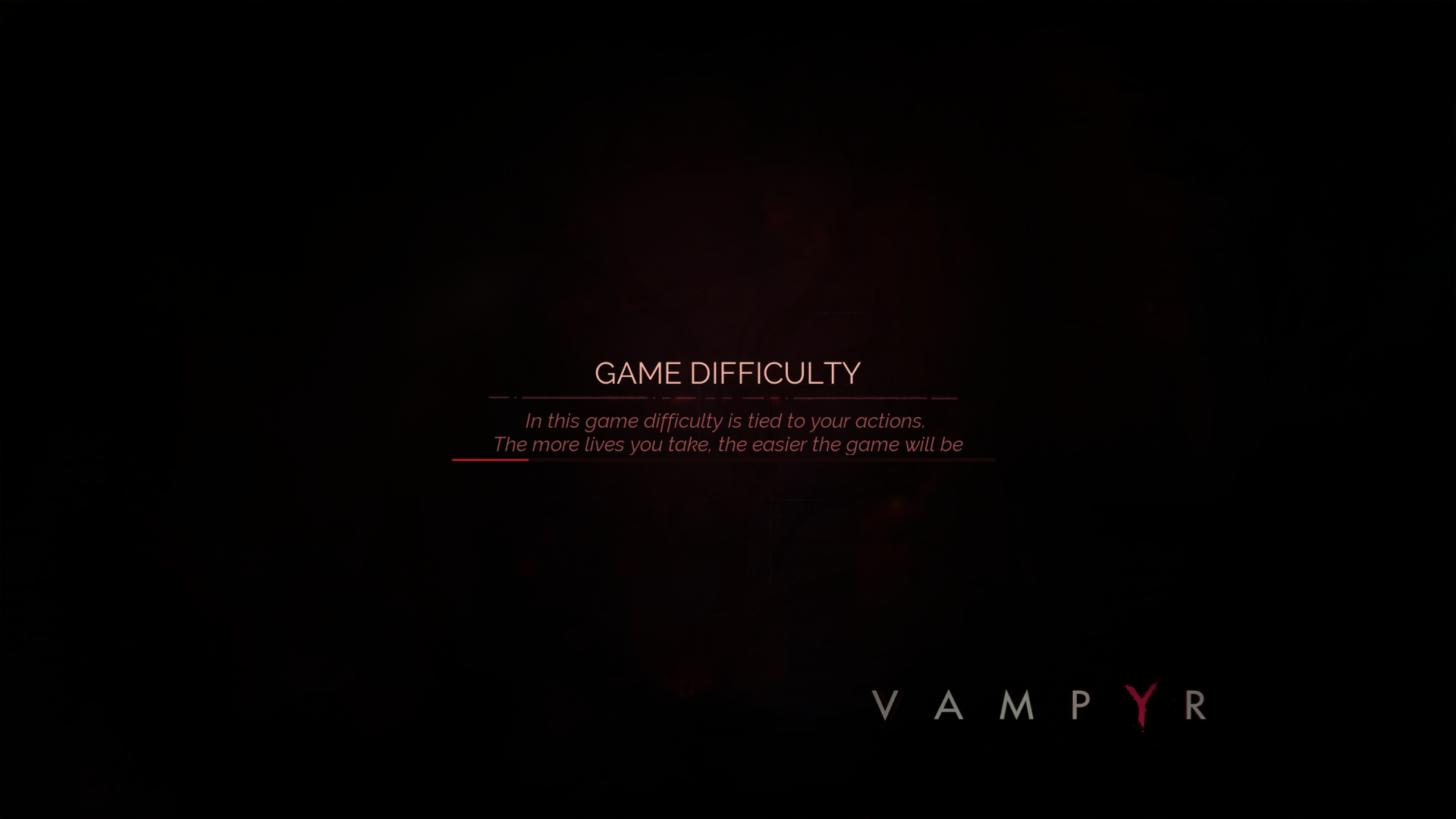
-
Vampyr Review #3
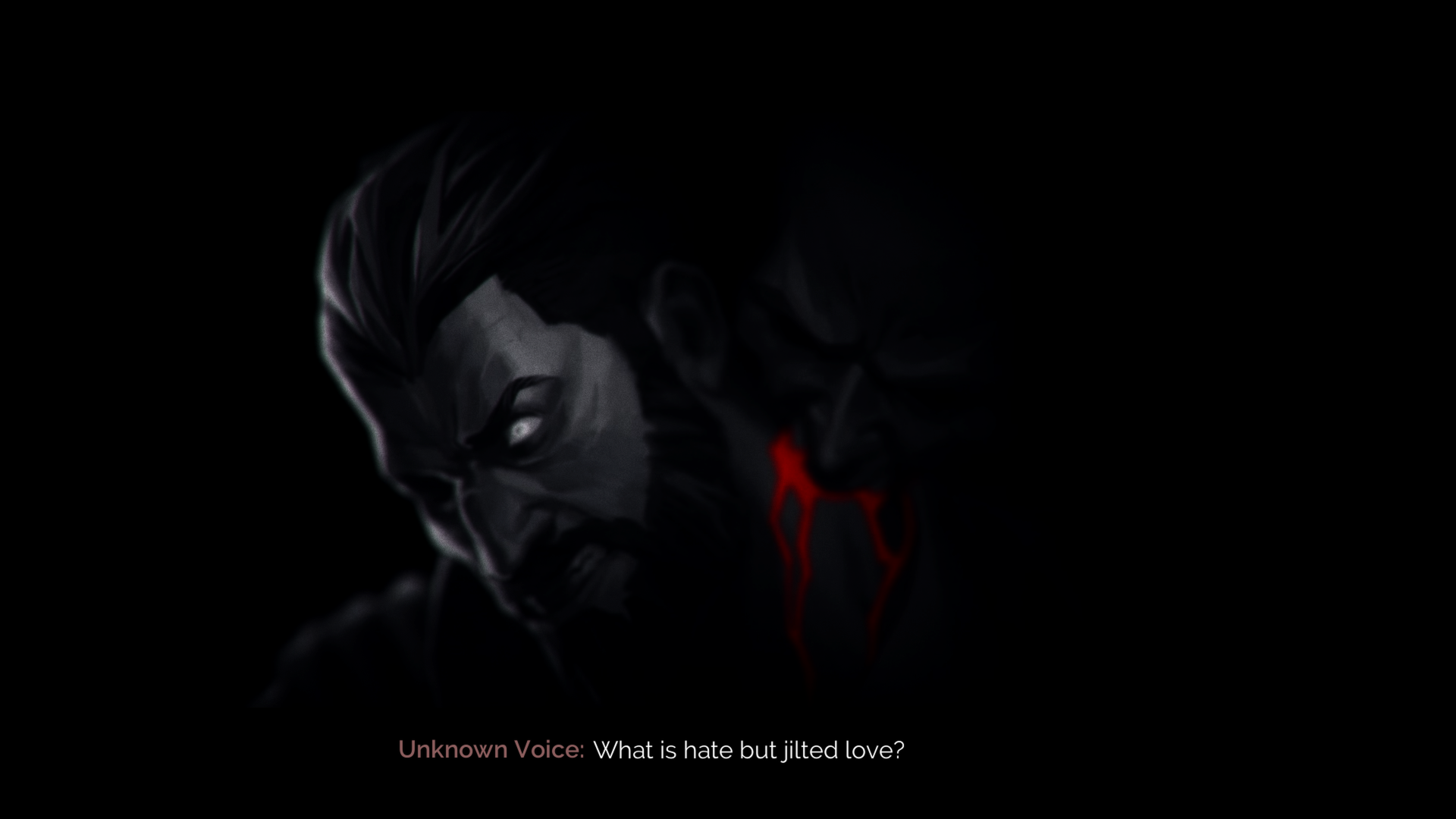
-
Vampyr Review #4
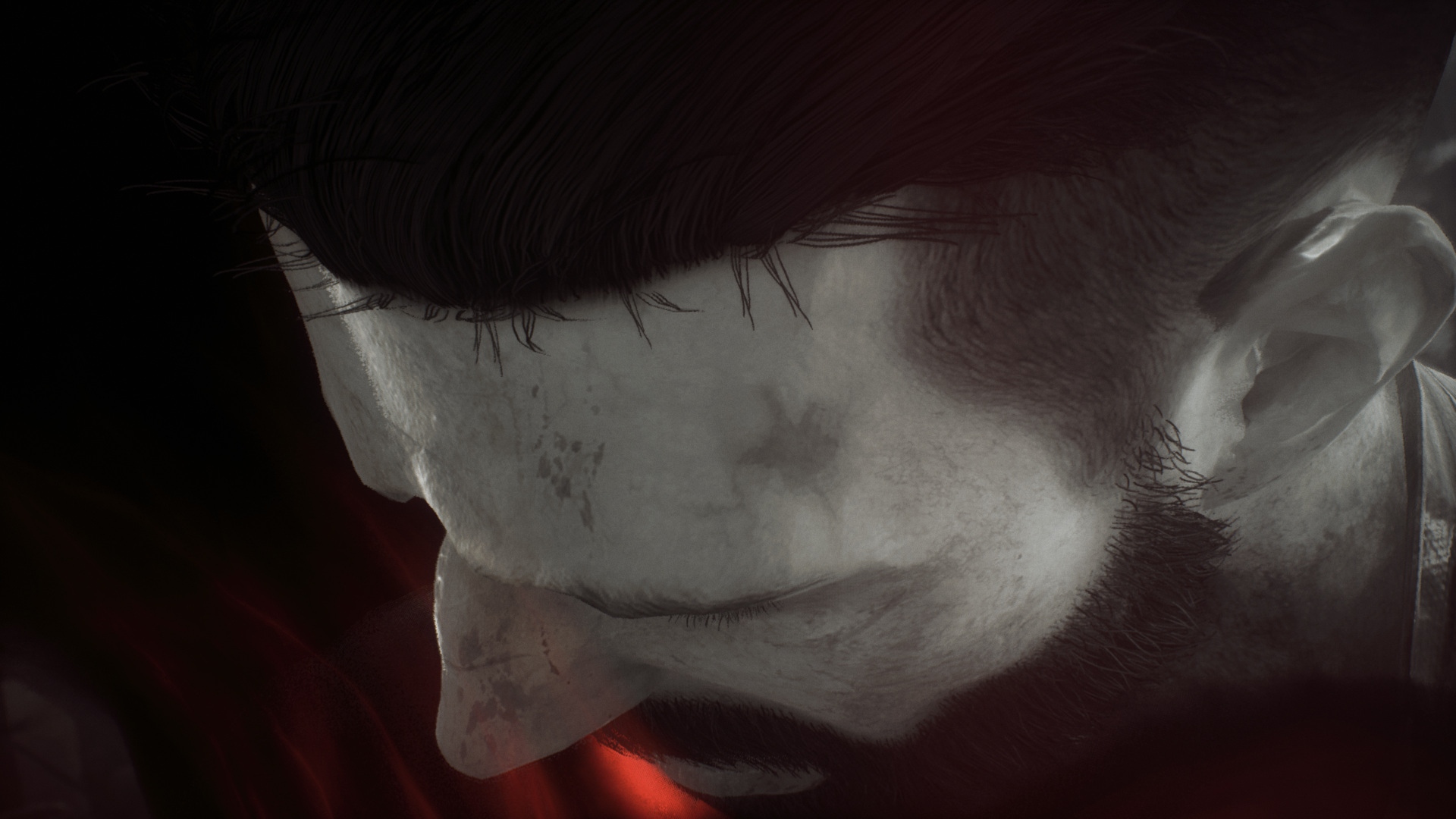
-
Vampyr Review #5
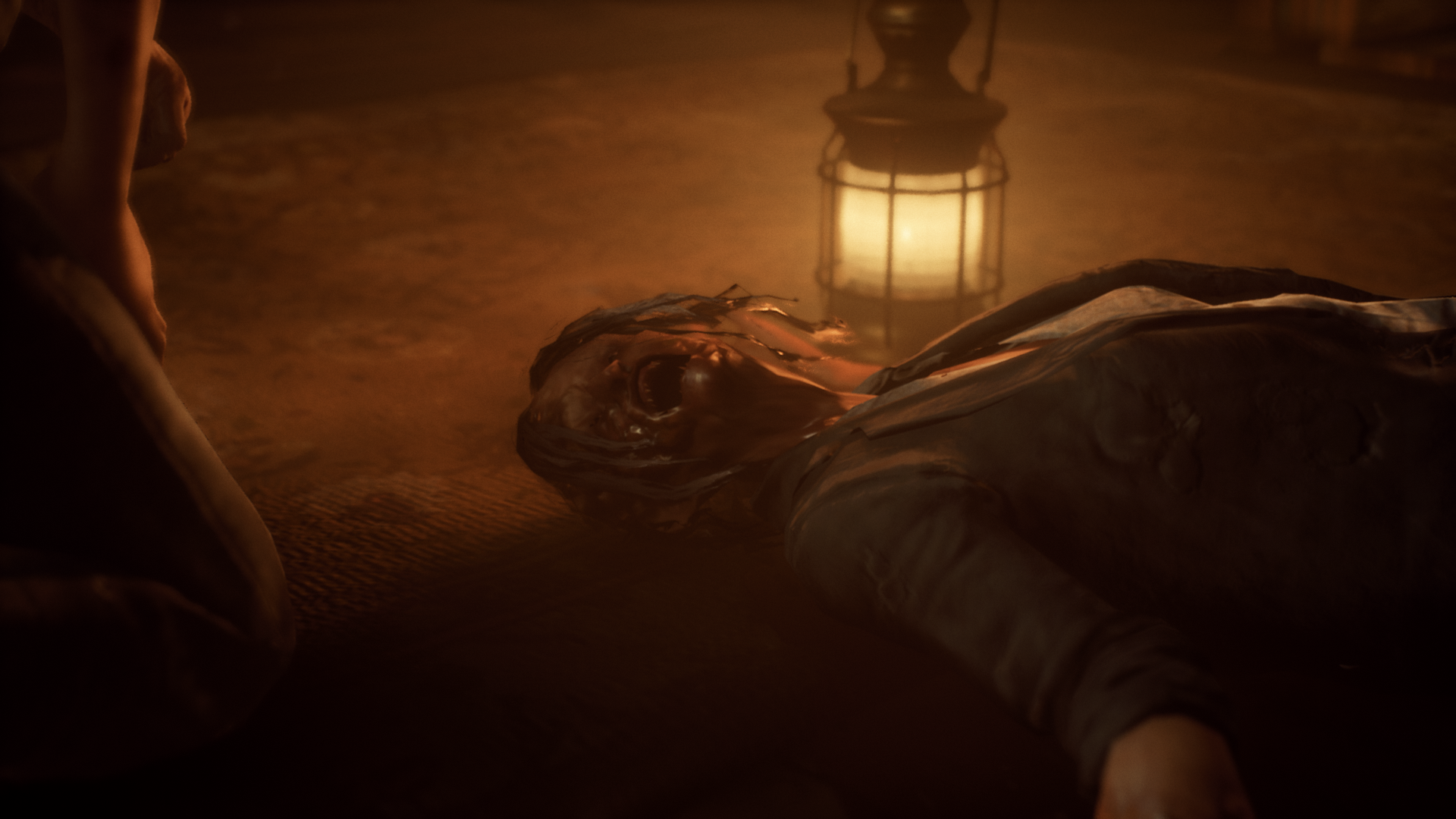
-
Vampyr Review #6

-
Vampyr Review #7
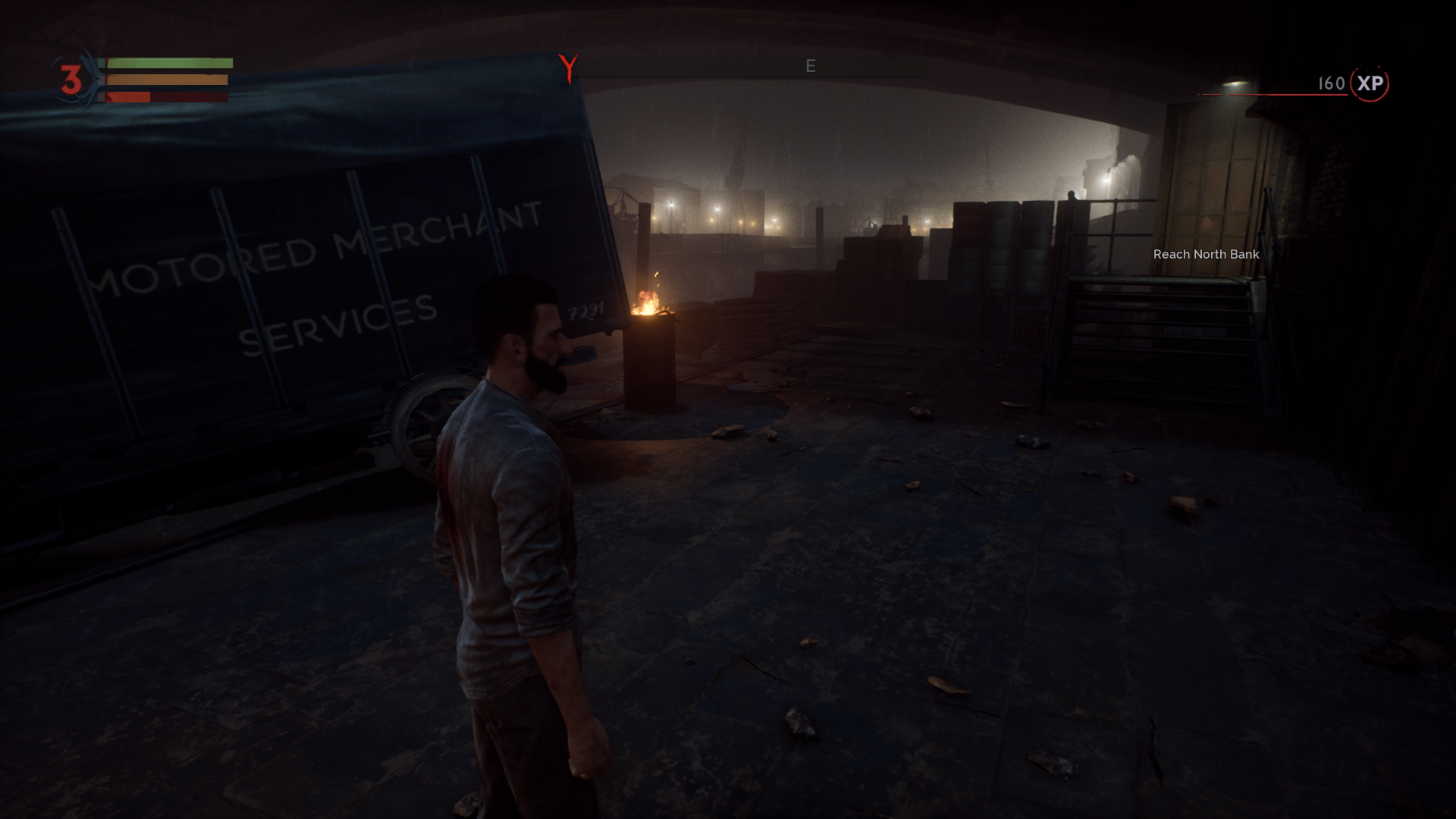
-
Vampyr Review #8
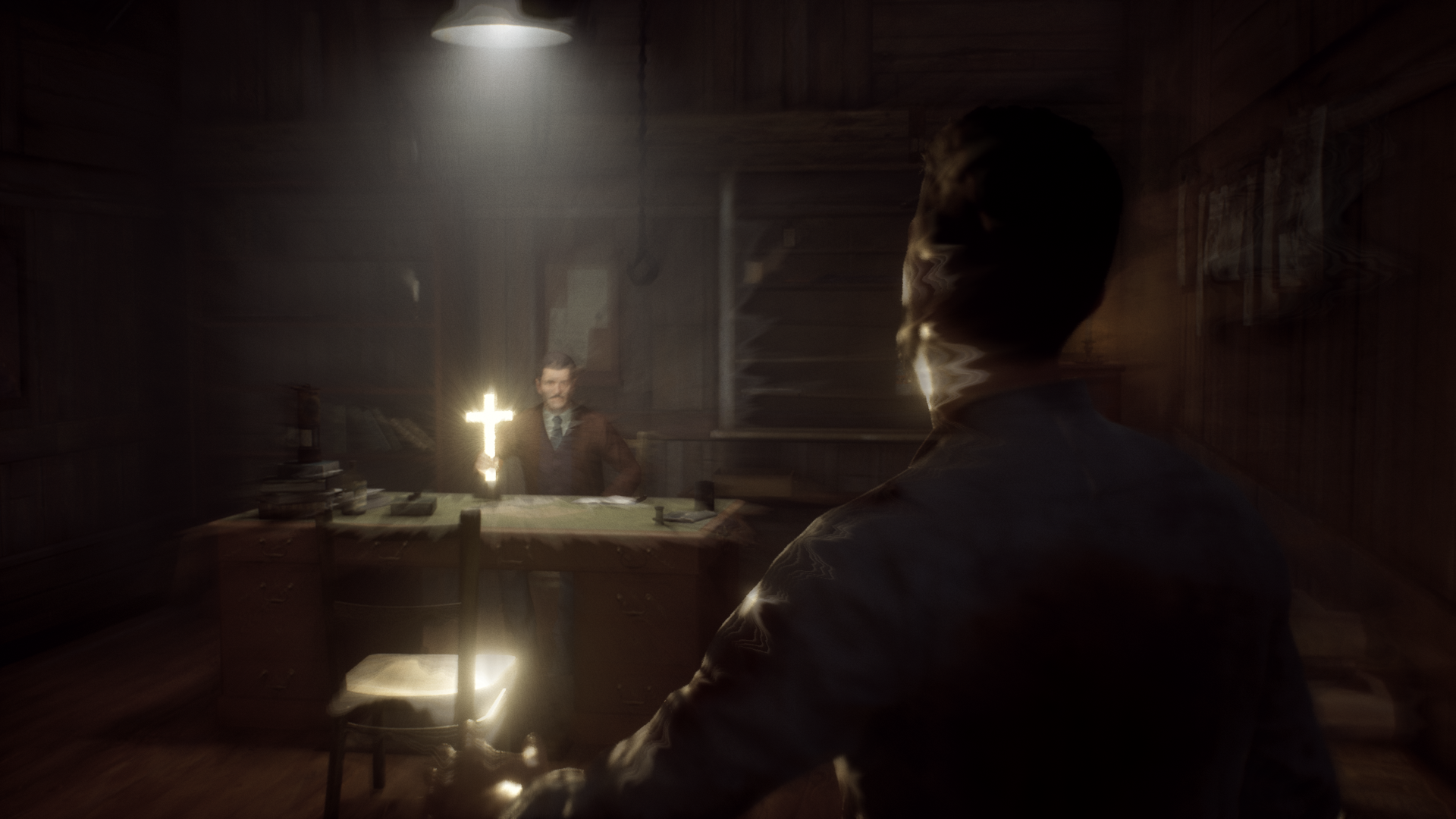
-
Vampyr Review #9
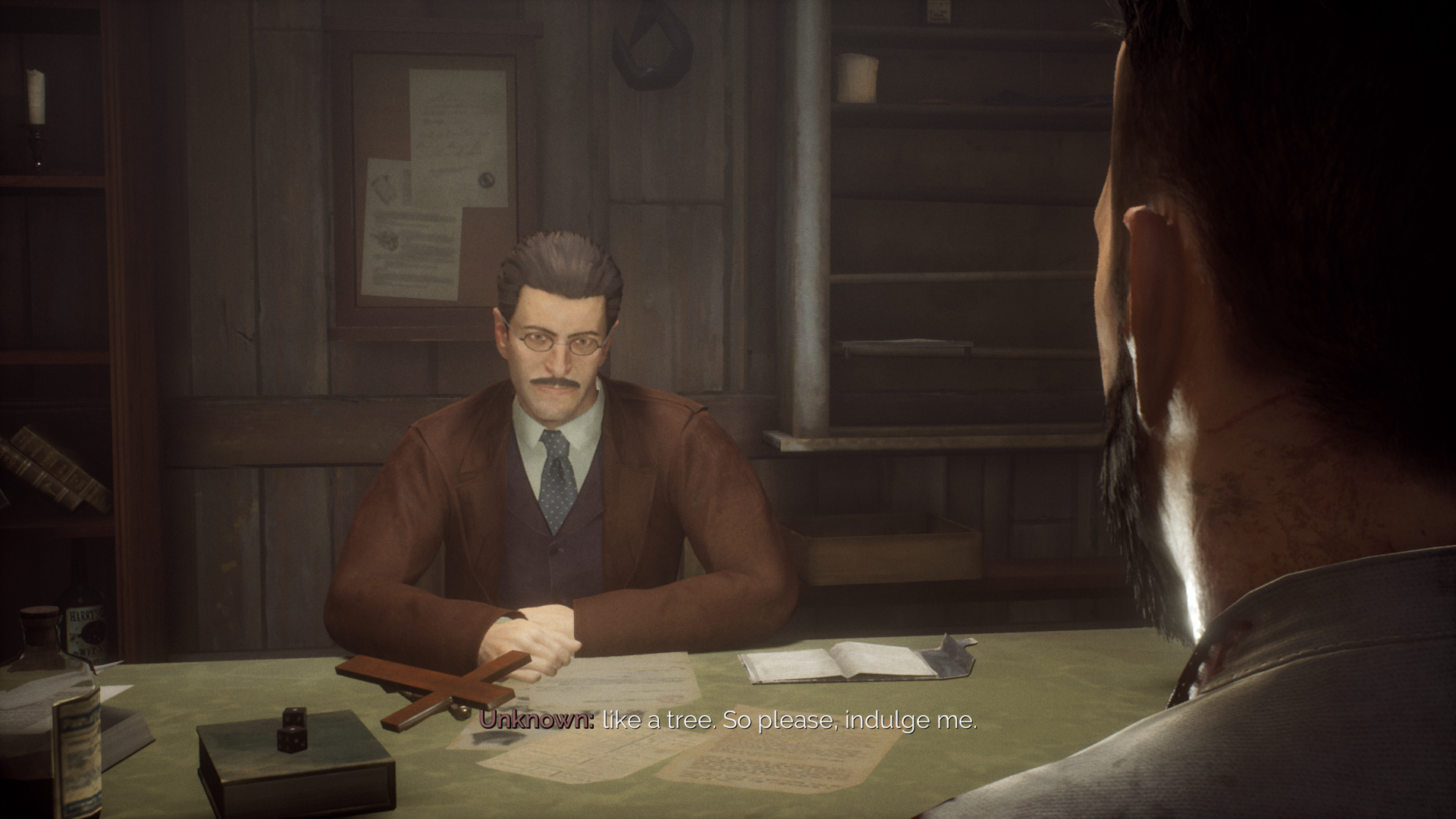
-
Vampyr Review #10
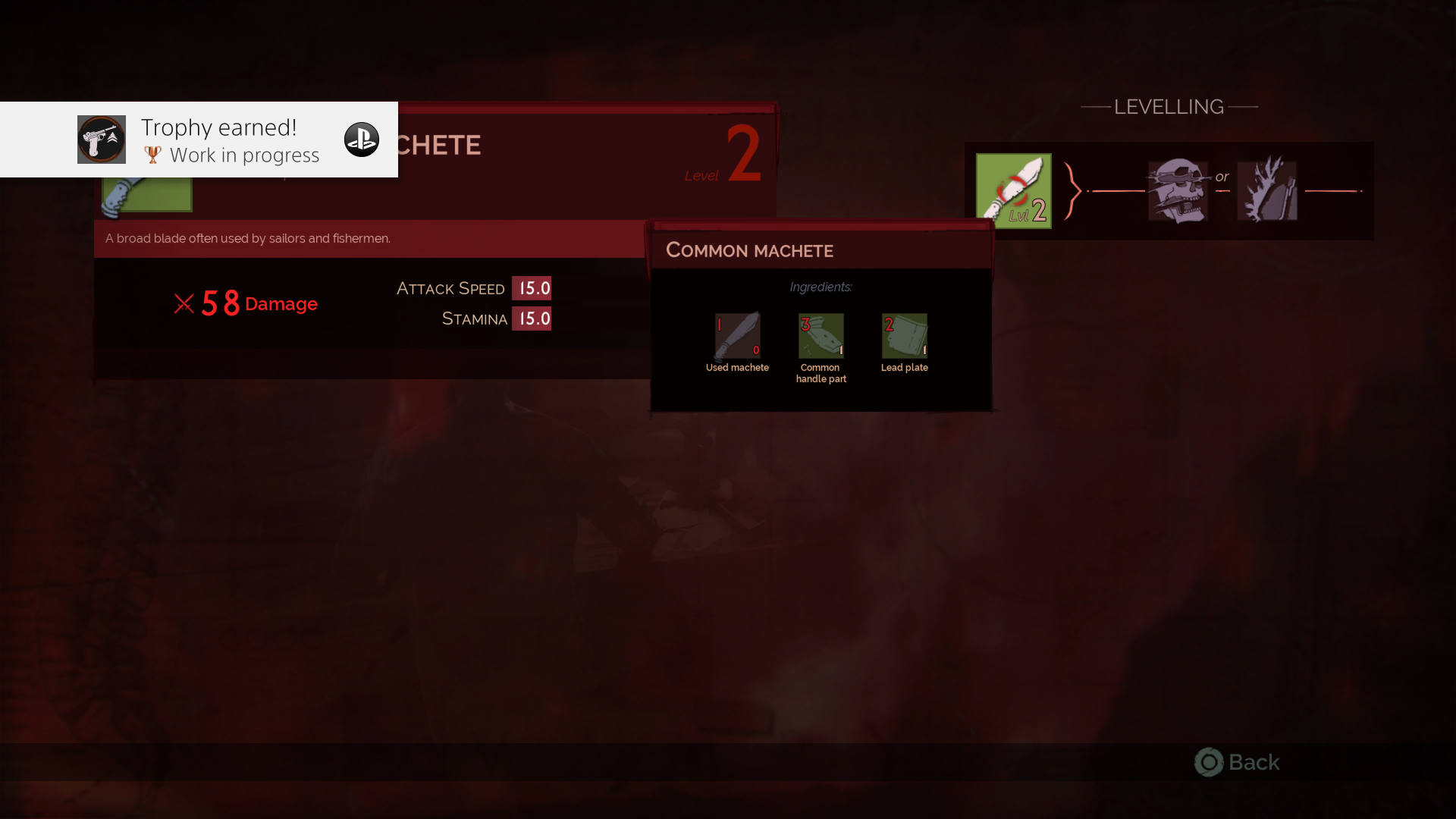
-
Vampyr Review #11
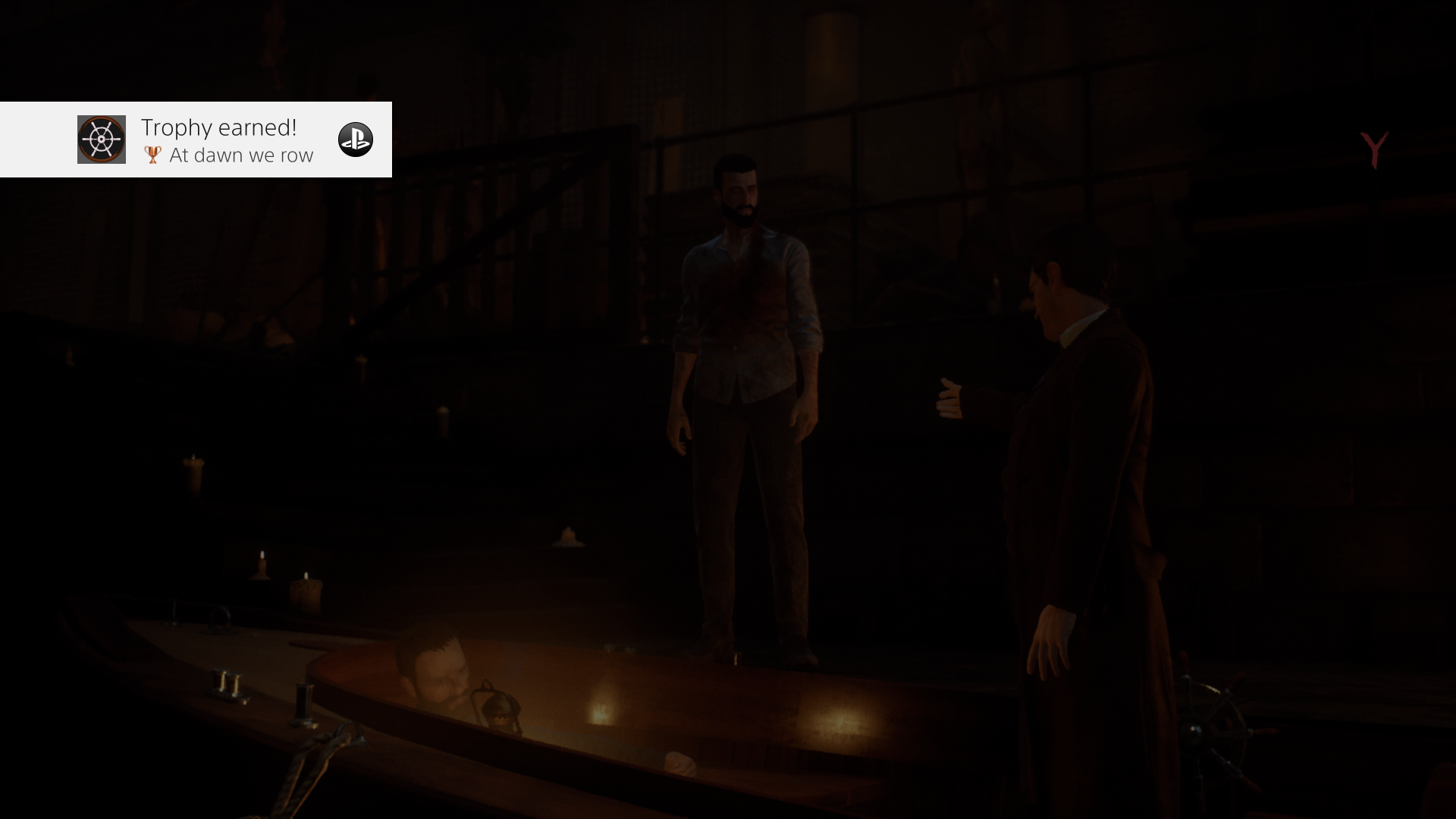
-
Vampyr Review #12
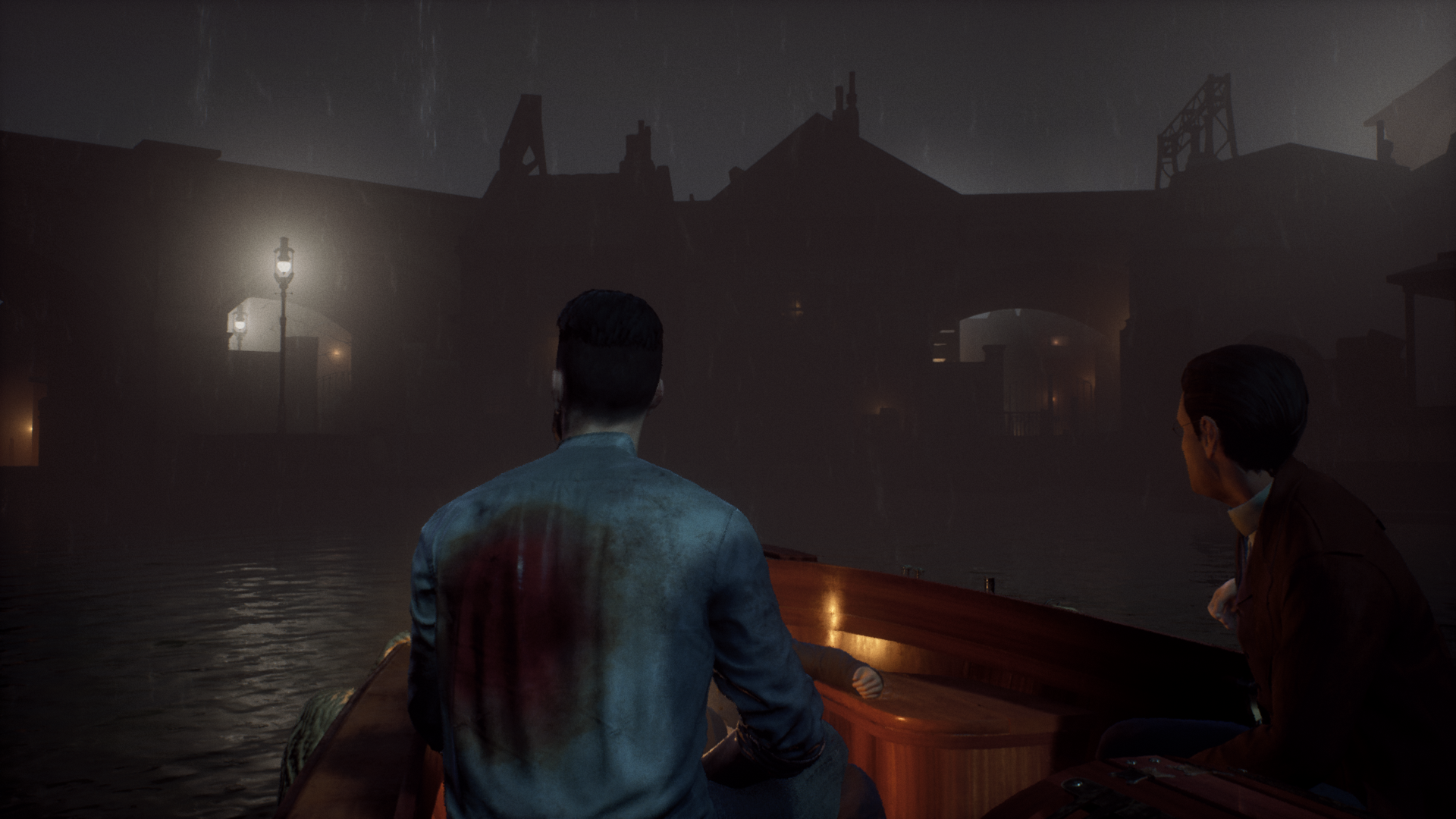
-
Vampyr Review #13
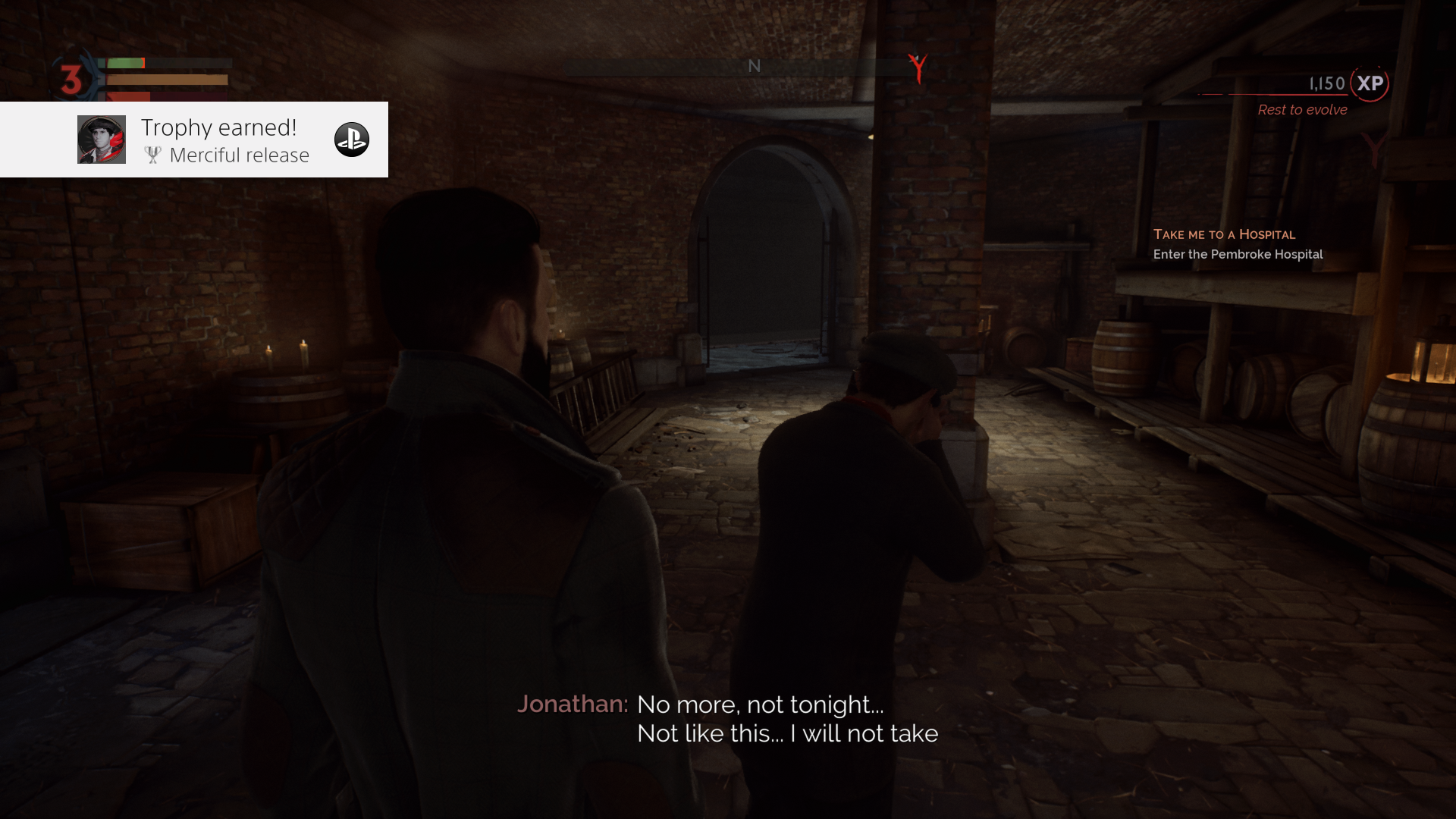
-
Vampyr Review #14
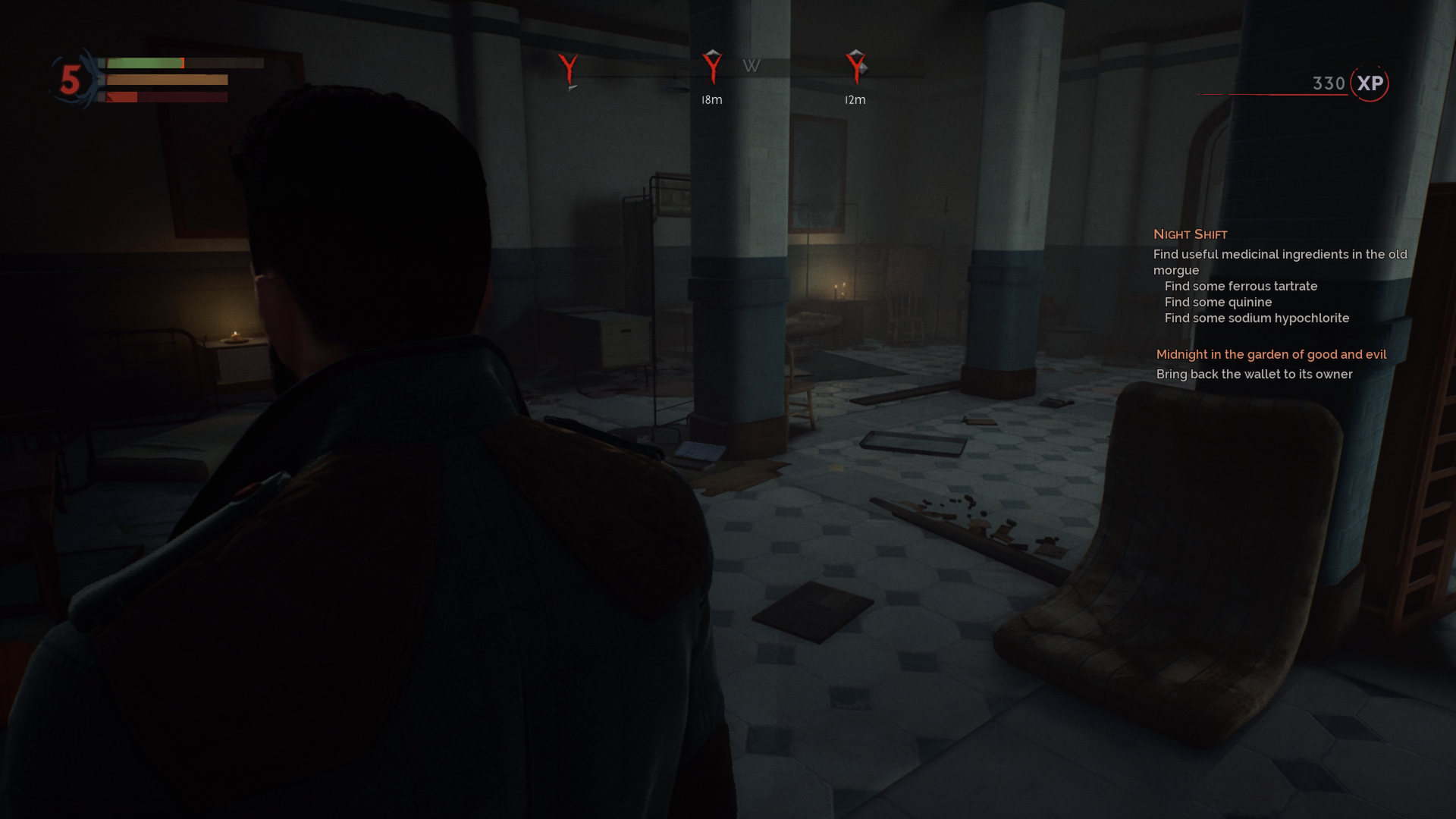
-
Vampyr Review #15
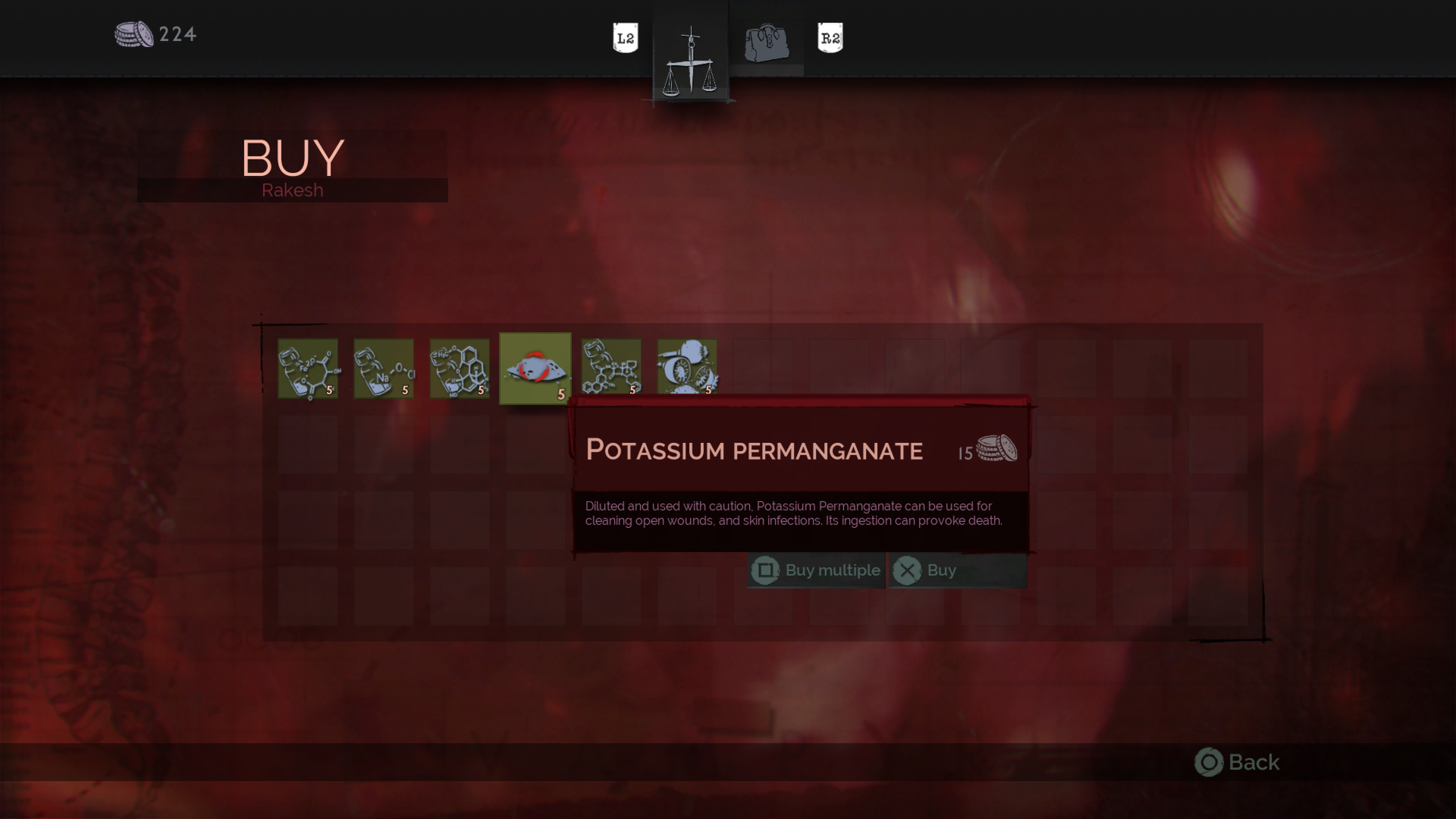
-
Vampyr Review #16

-
Vampyr Review #17
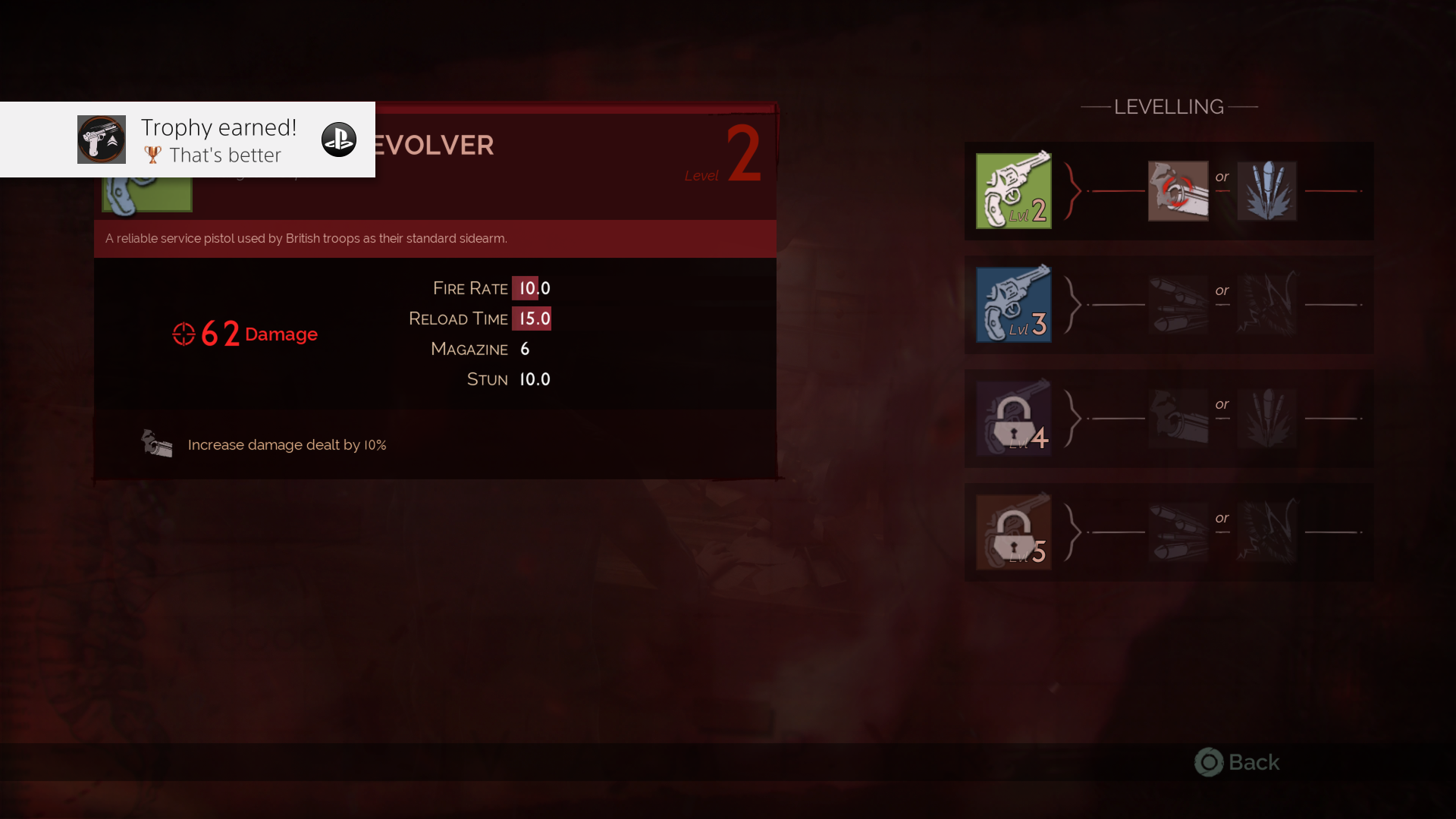
-
Vampyr Review #18
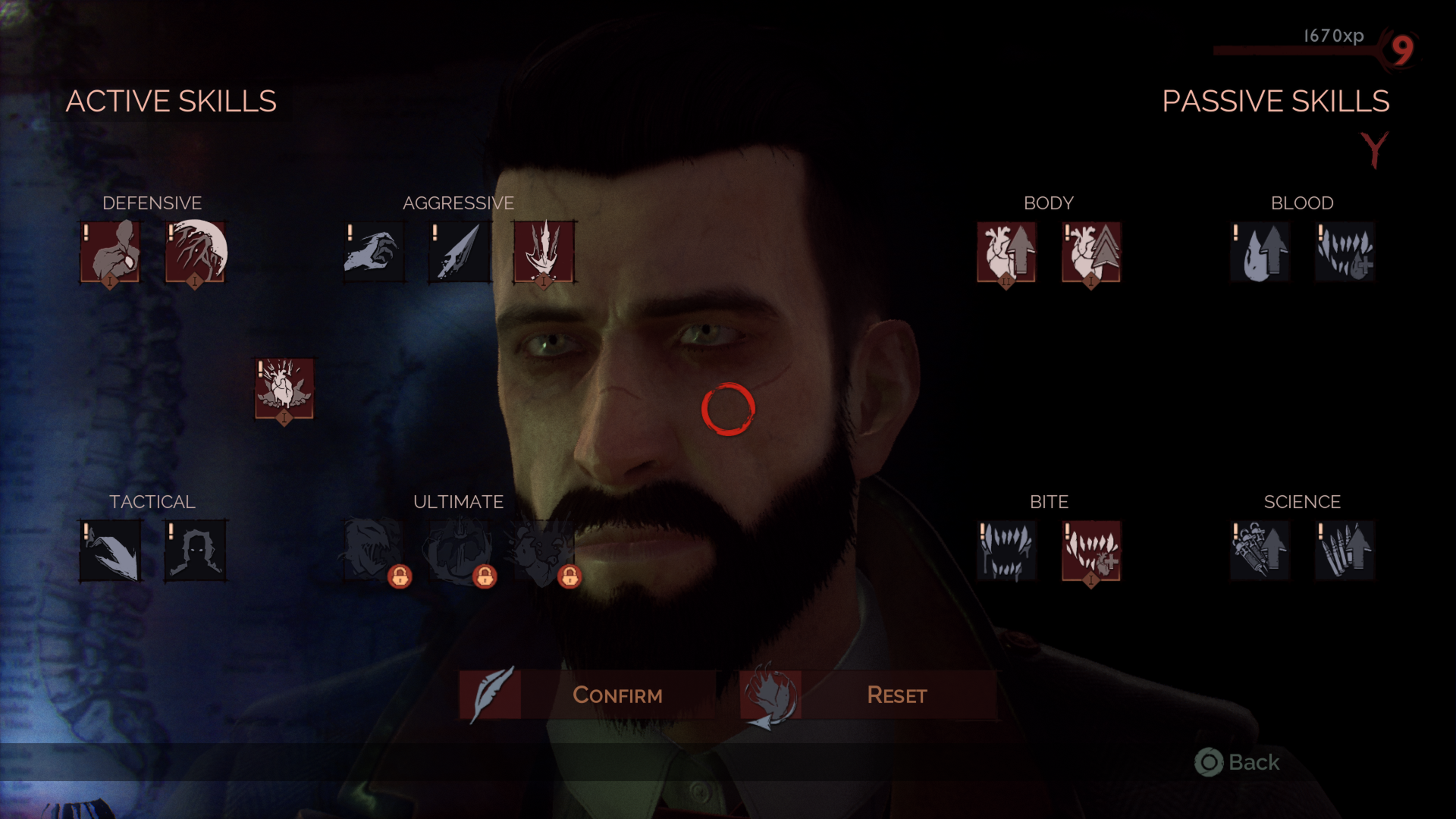
-
Vampyr Review #19
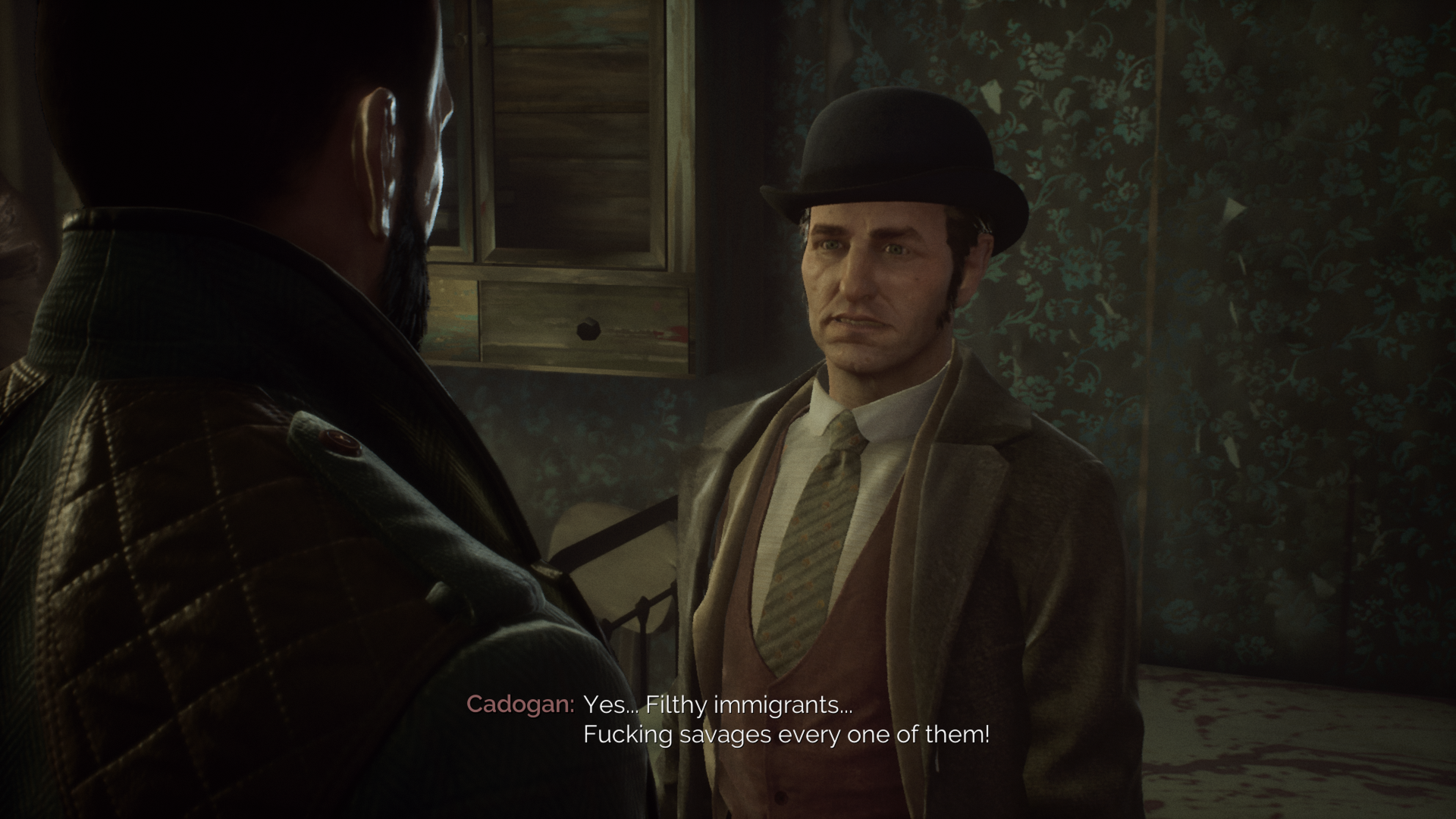
-
Vampyr Review #20
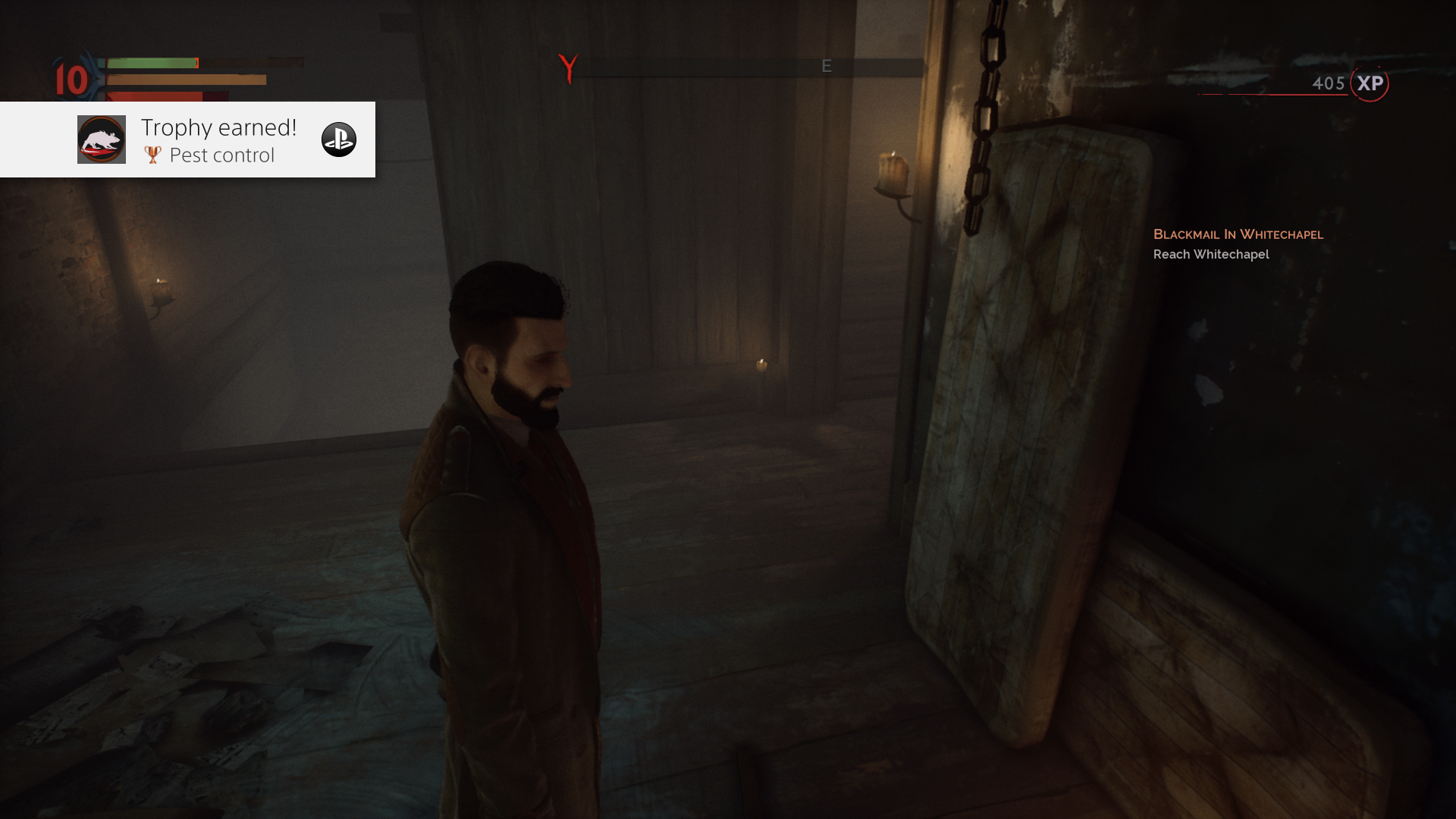
-
Vampyr Review #21
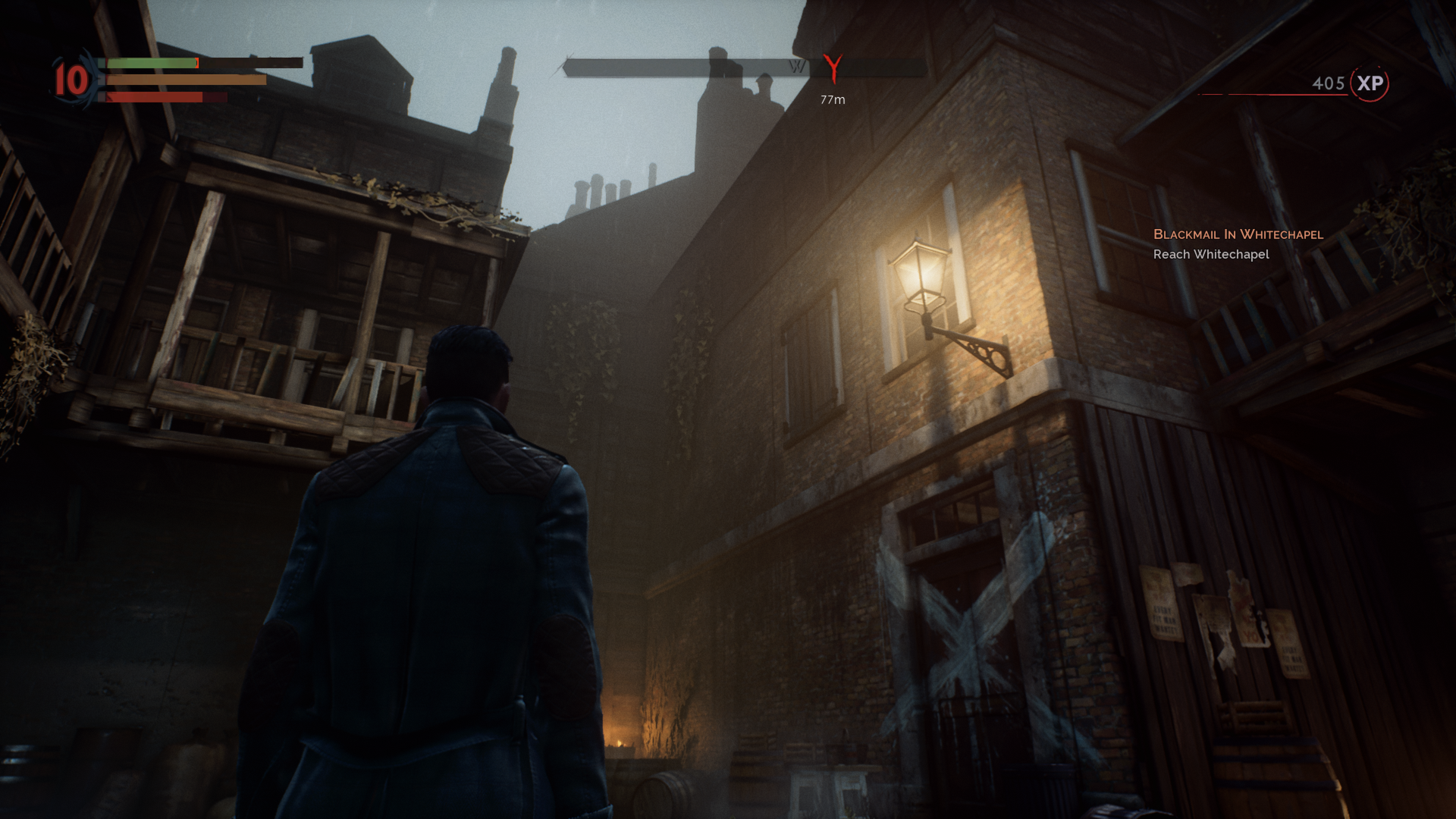
-
Vampyr Review #22
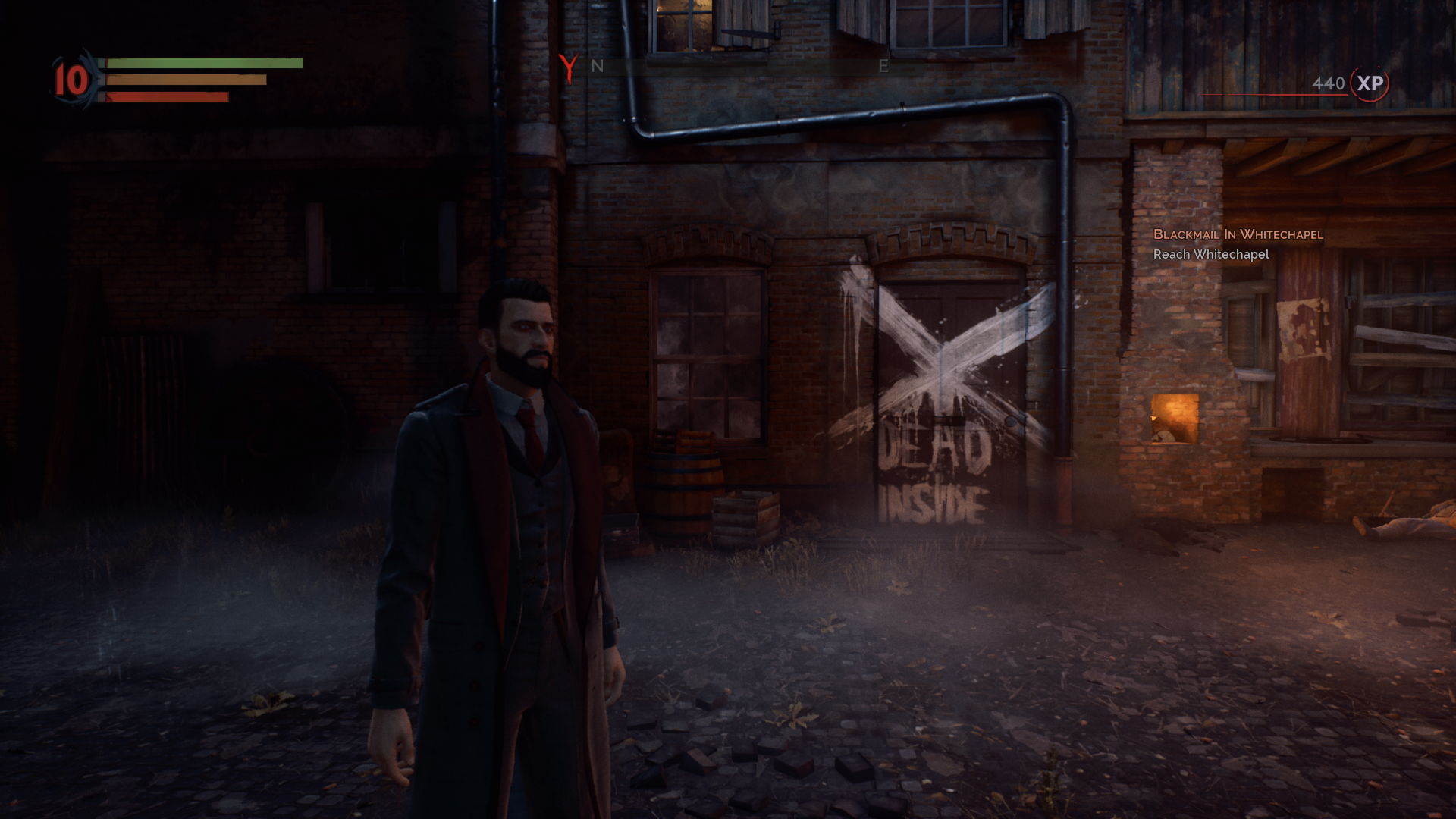
-
Vampyr Review #23
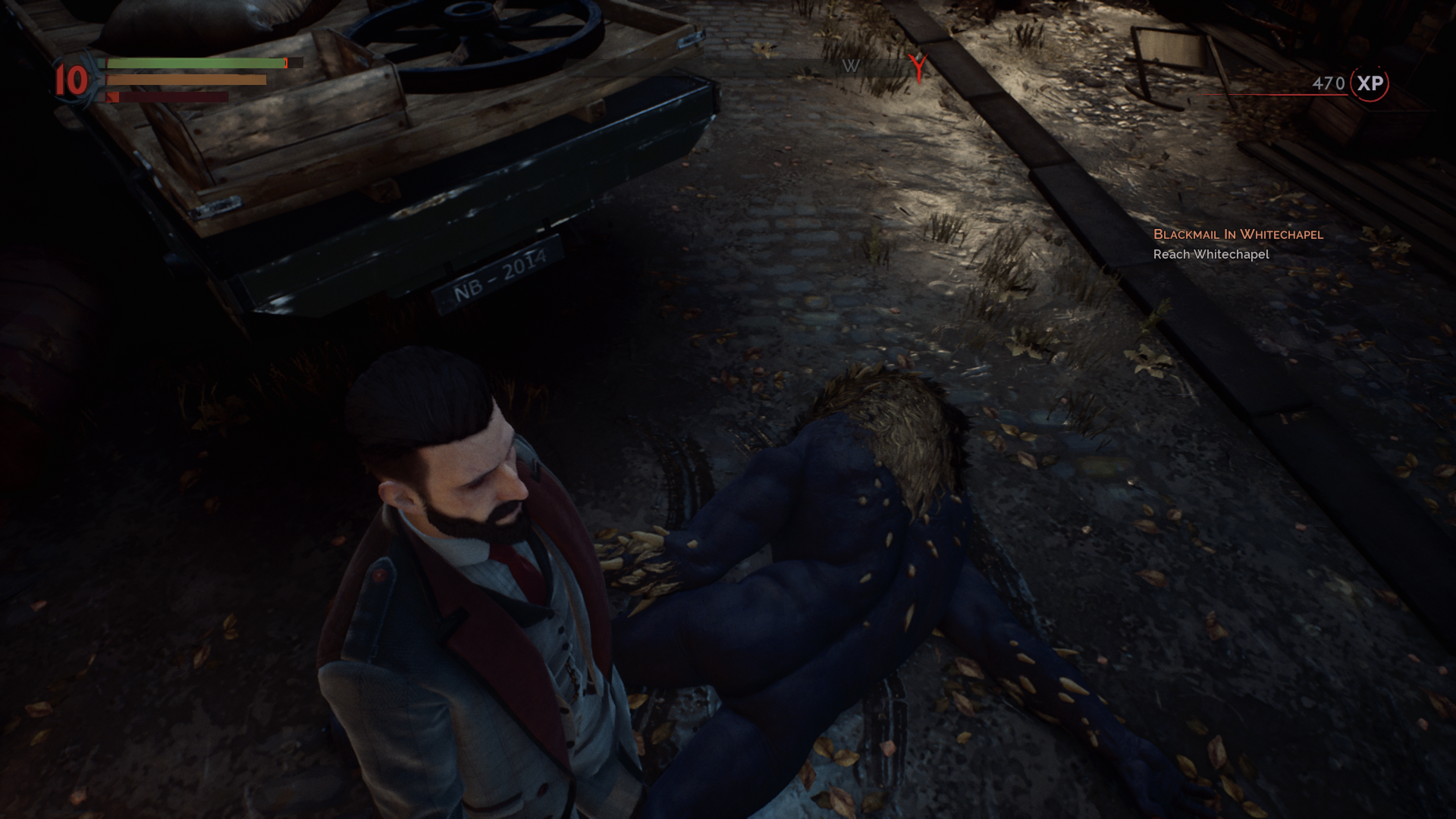
-
Vampyr Review #24
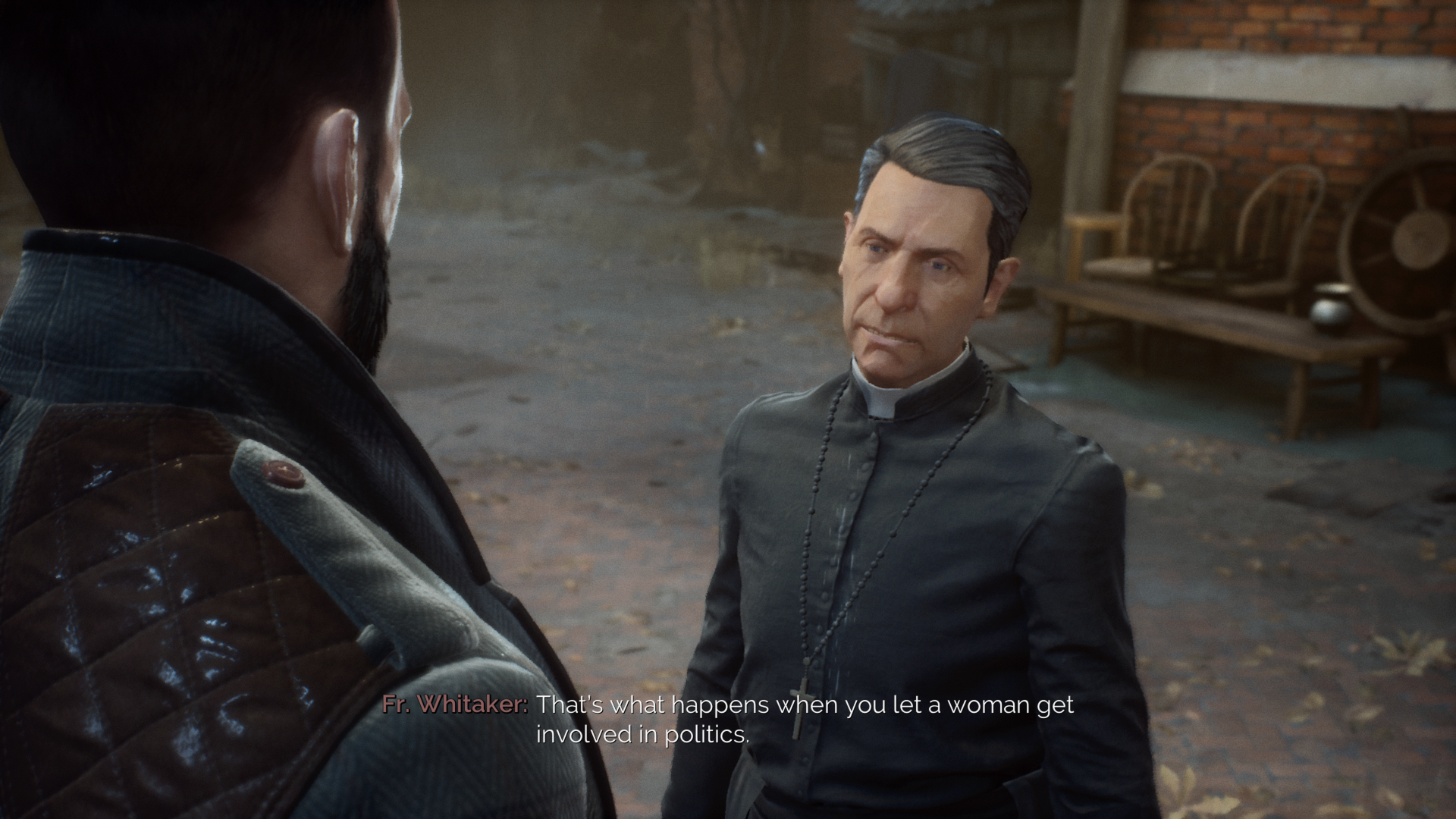
-
Vampyr Review #25
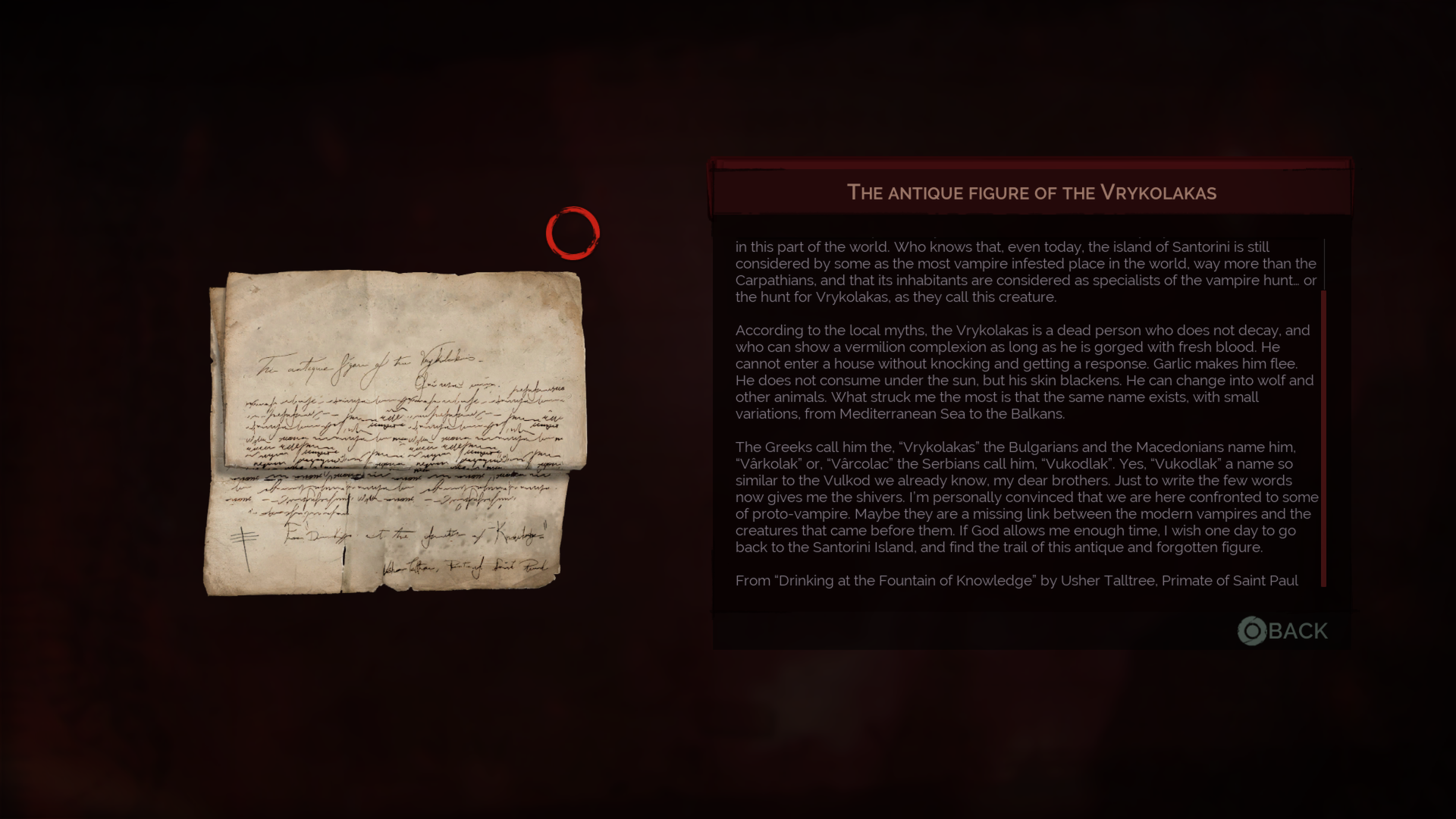
-
Vampyr Review #26
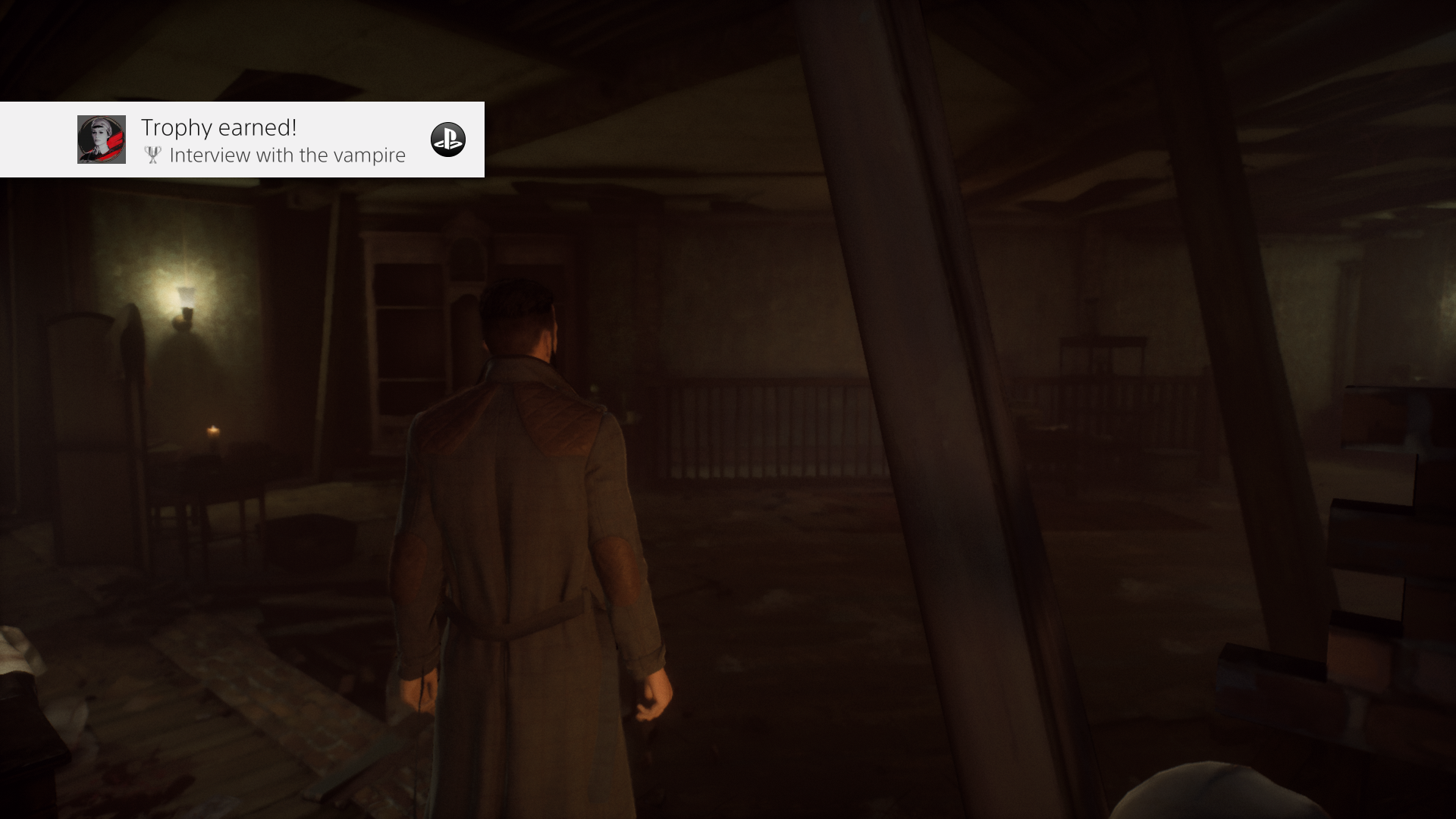
-
Vampyr Review #27
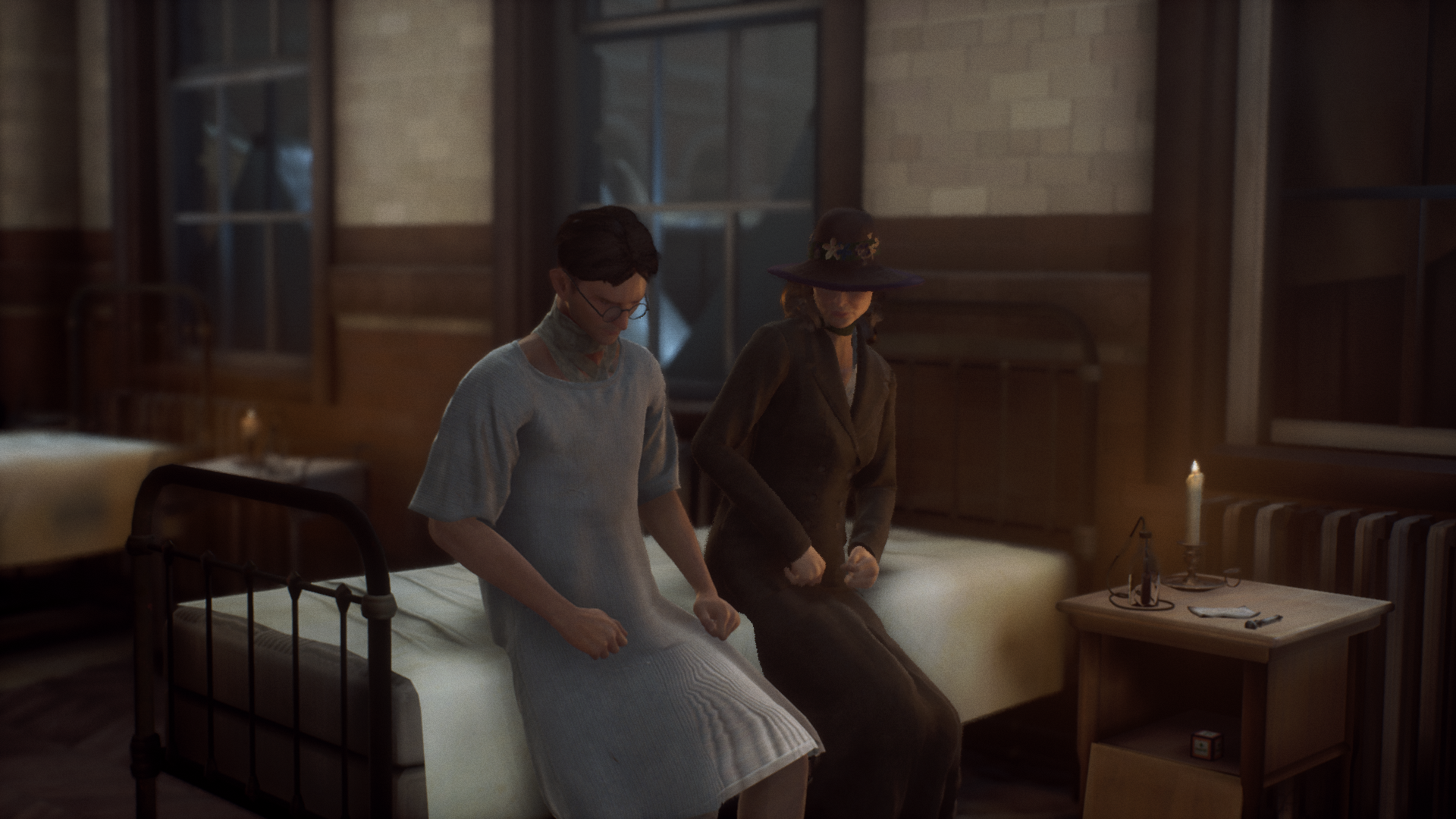
-
Vampyr Review #28
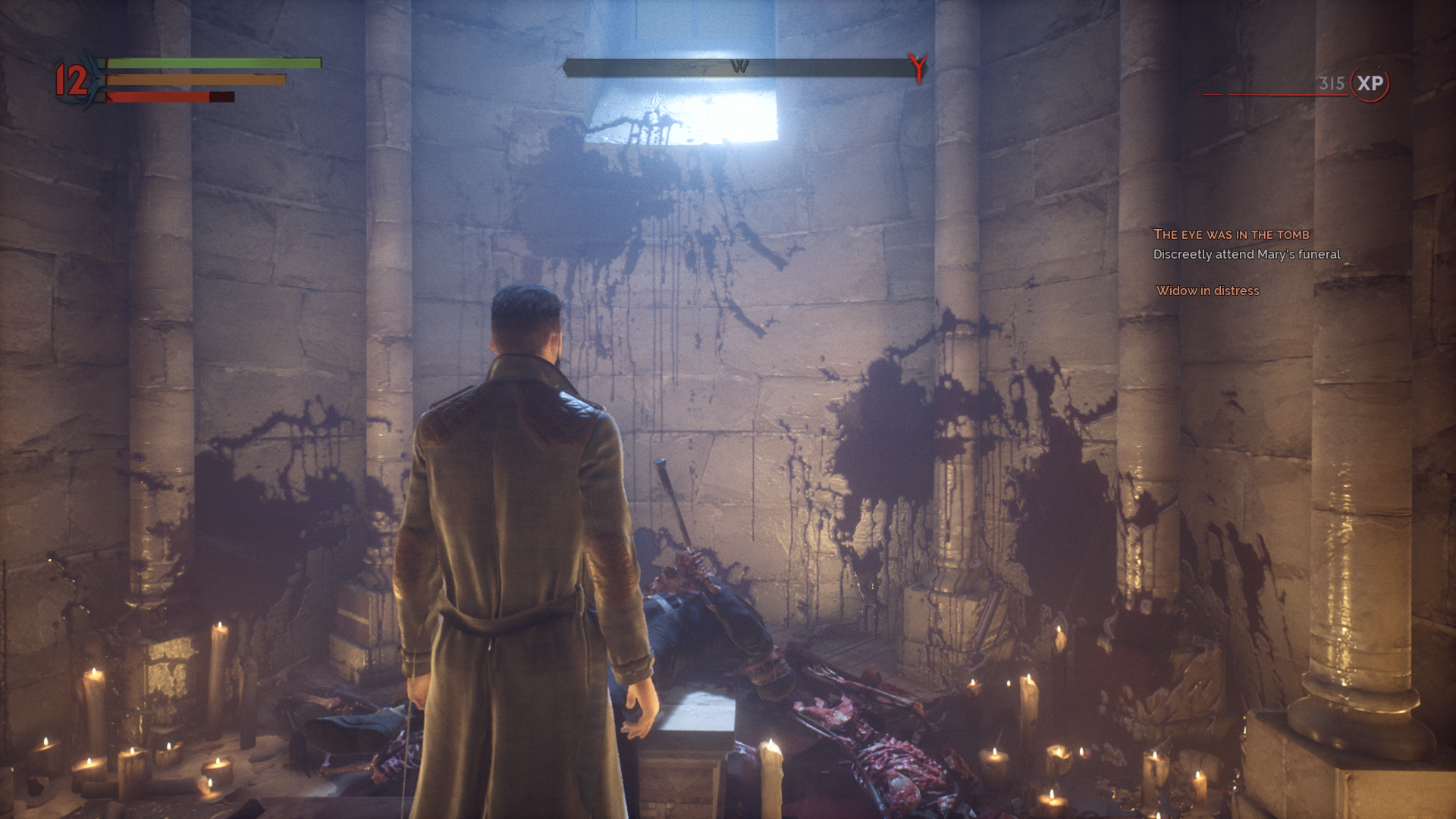
-
Vampyr Review #29
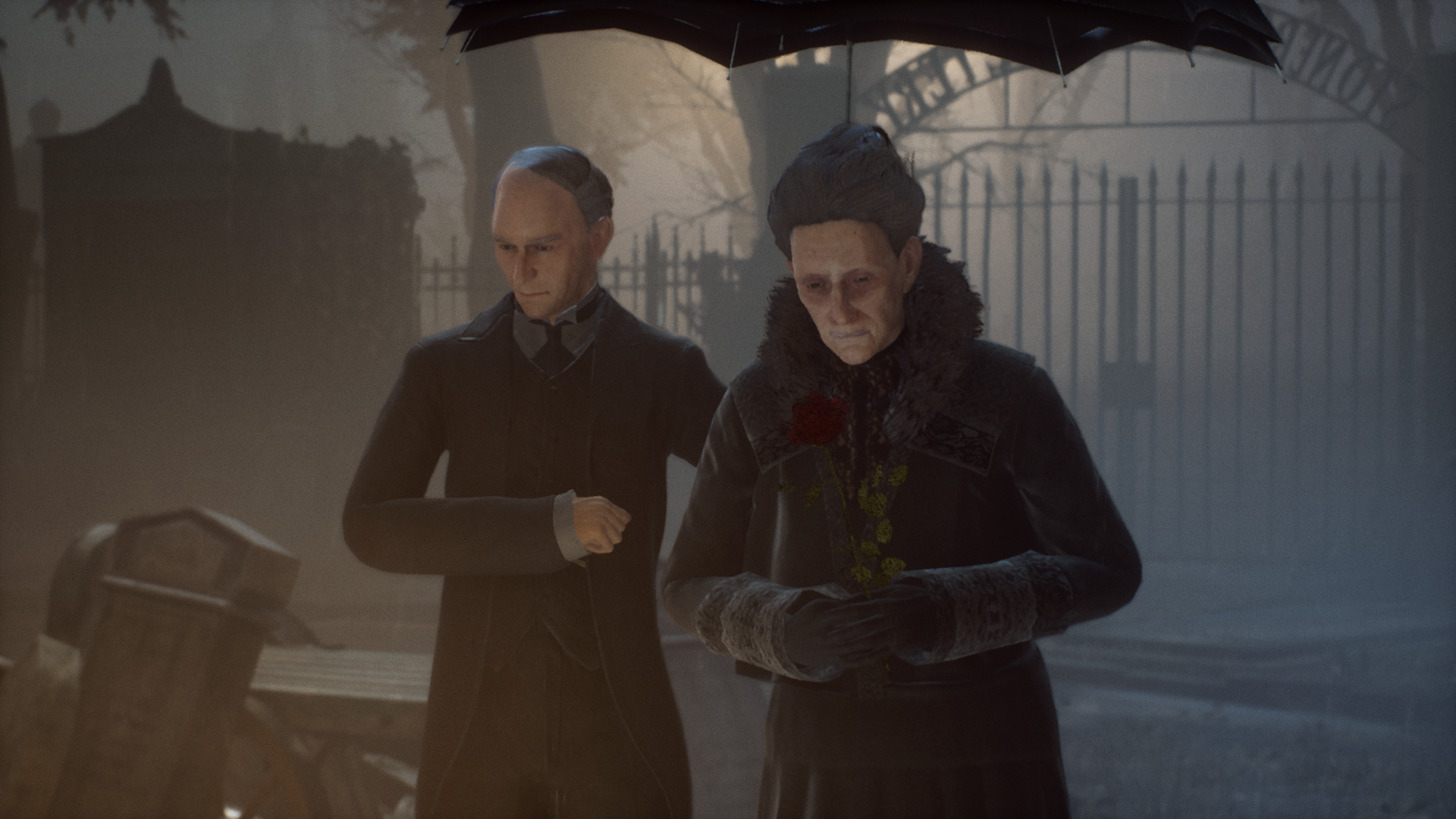
-
Vampyr Review #30
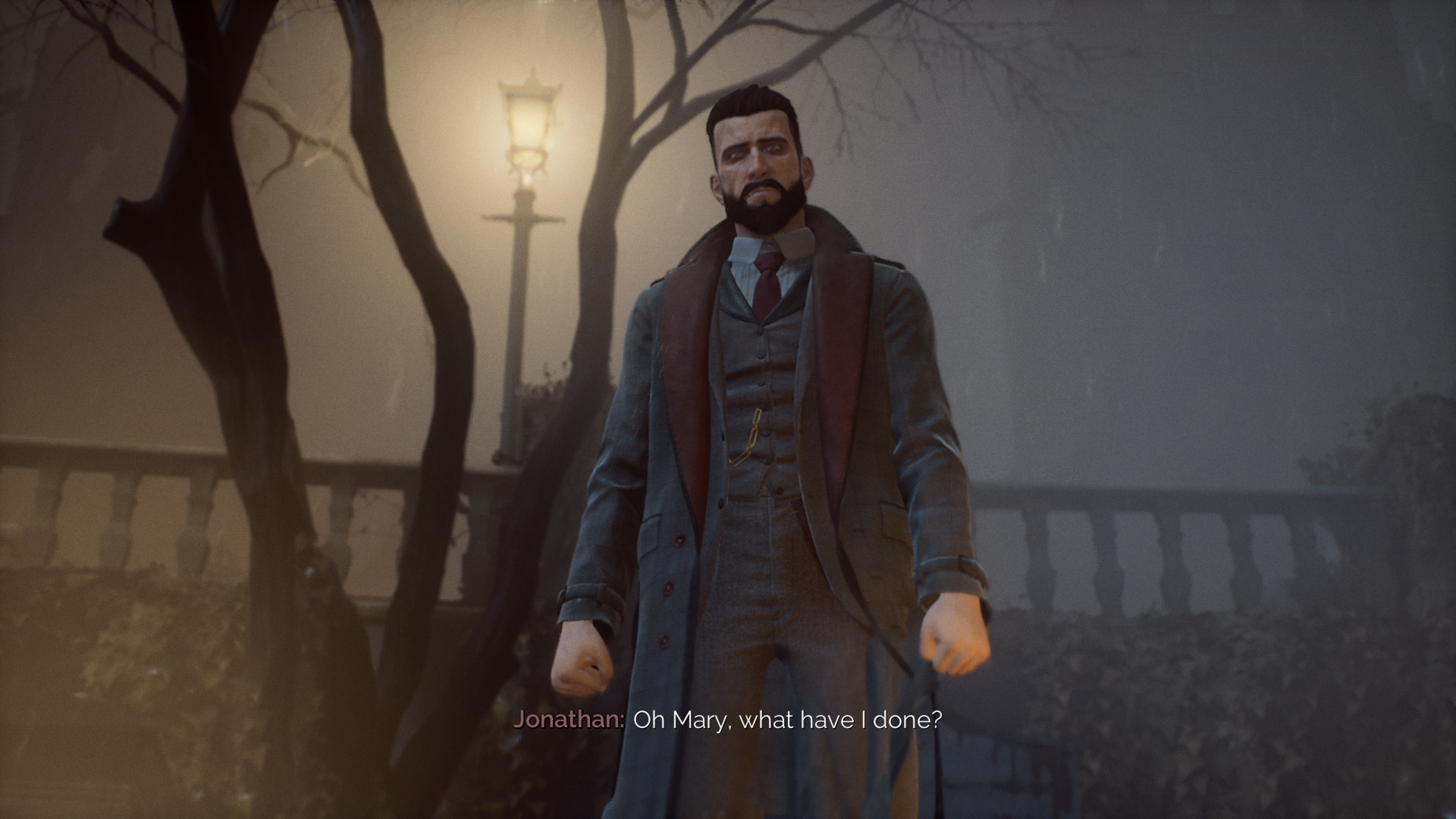
-
Vampyr Review #31
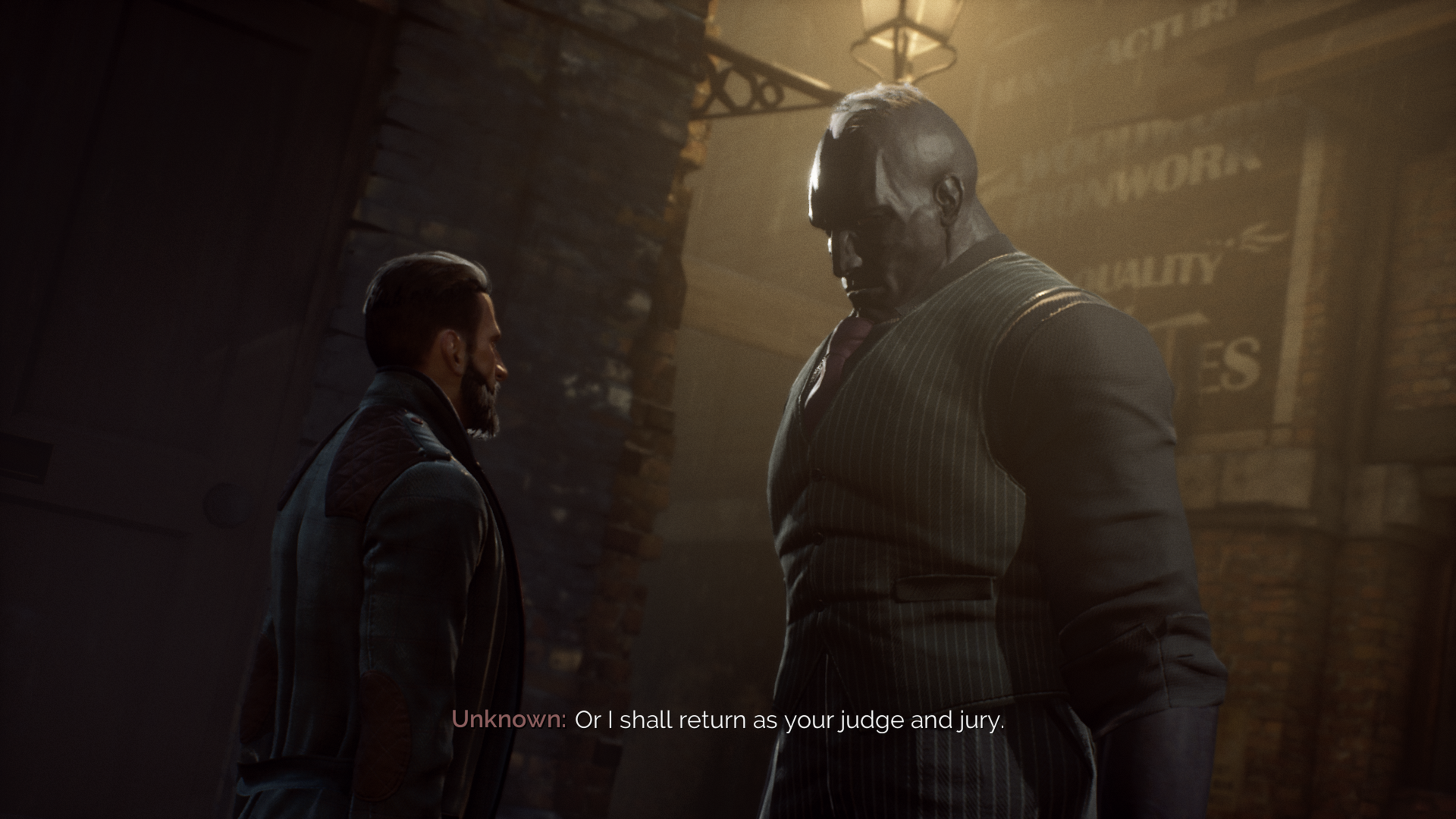
-
Vampyr Review #32
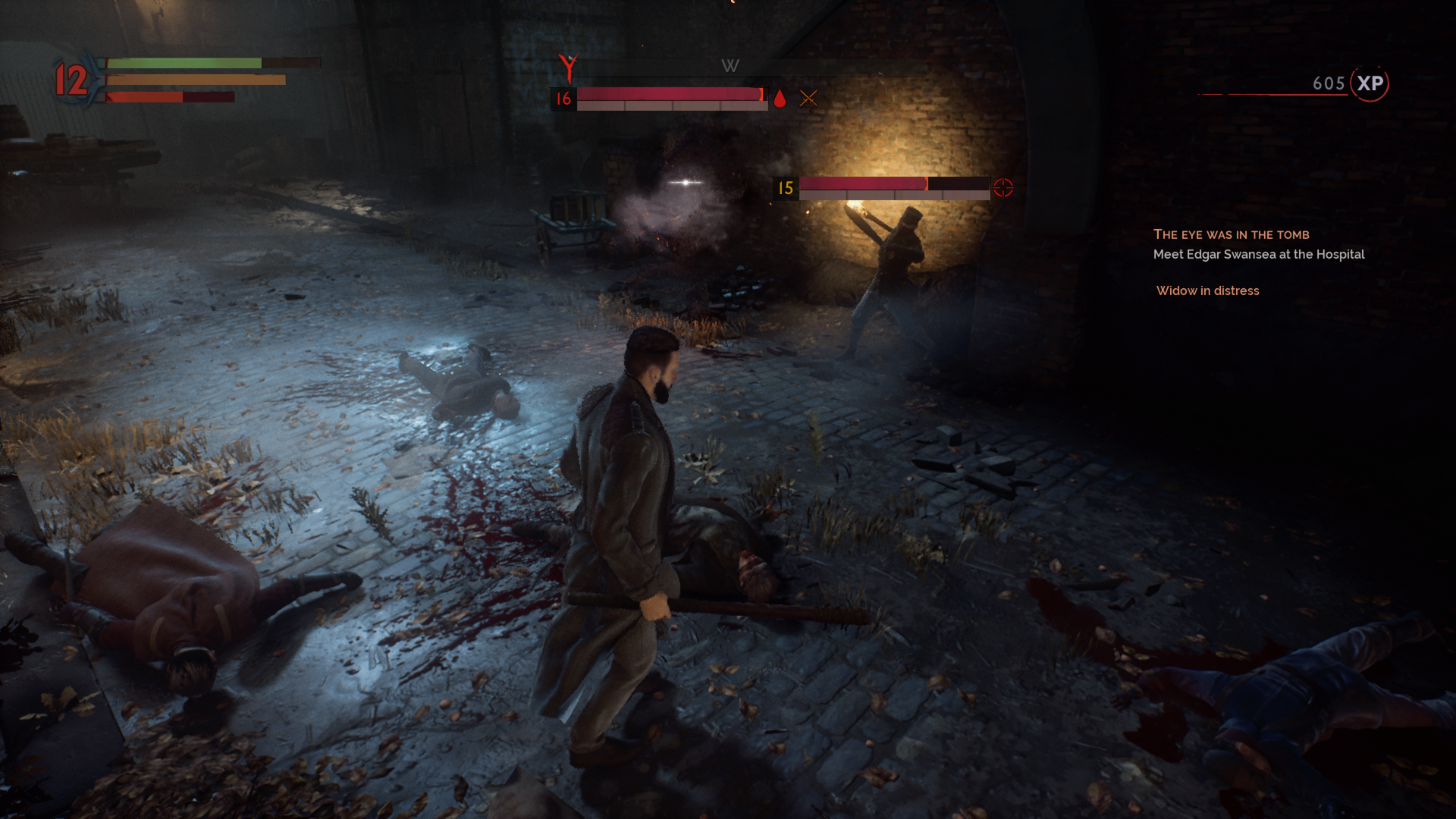
-
Vampyr Review #33
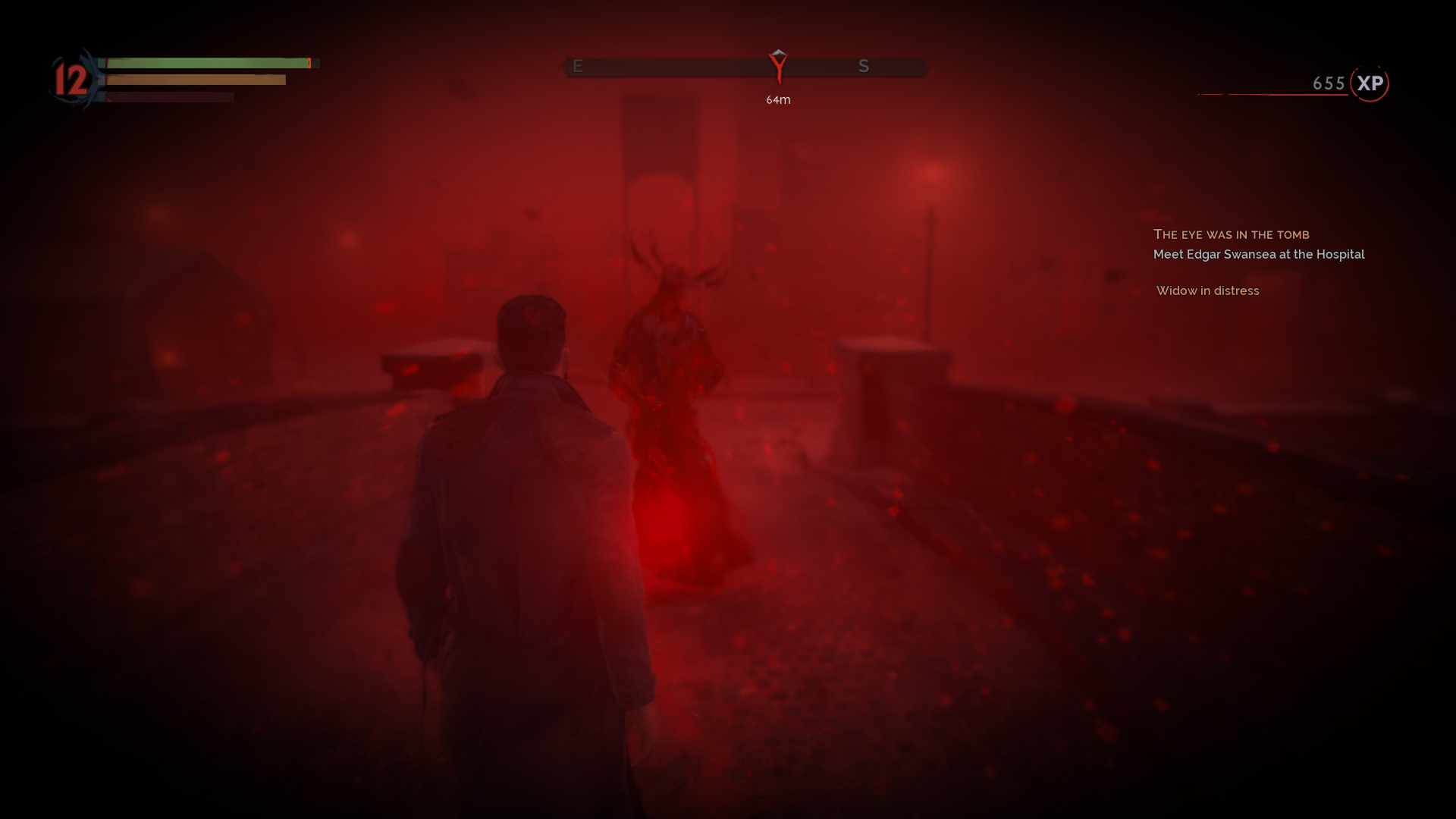
-
Vampyr Review #34
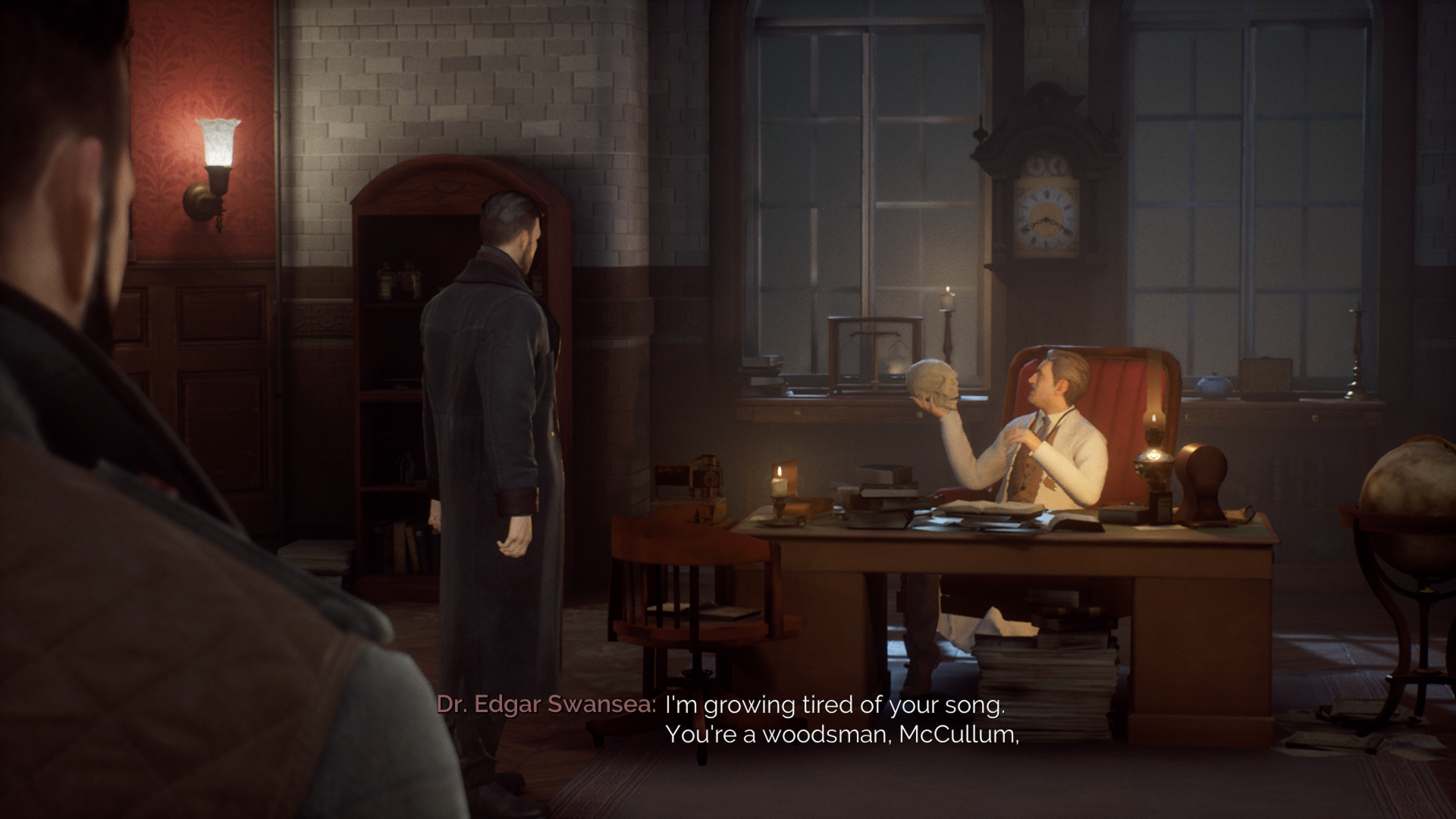
-
Vampyr Review #35
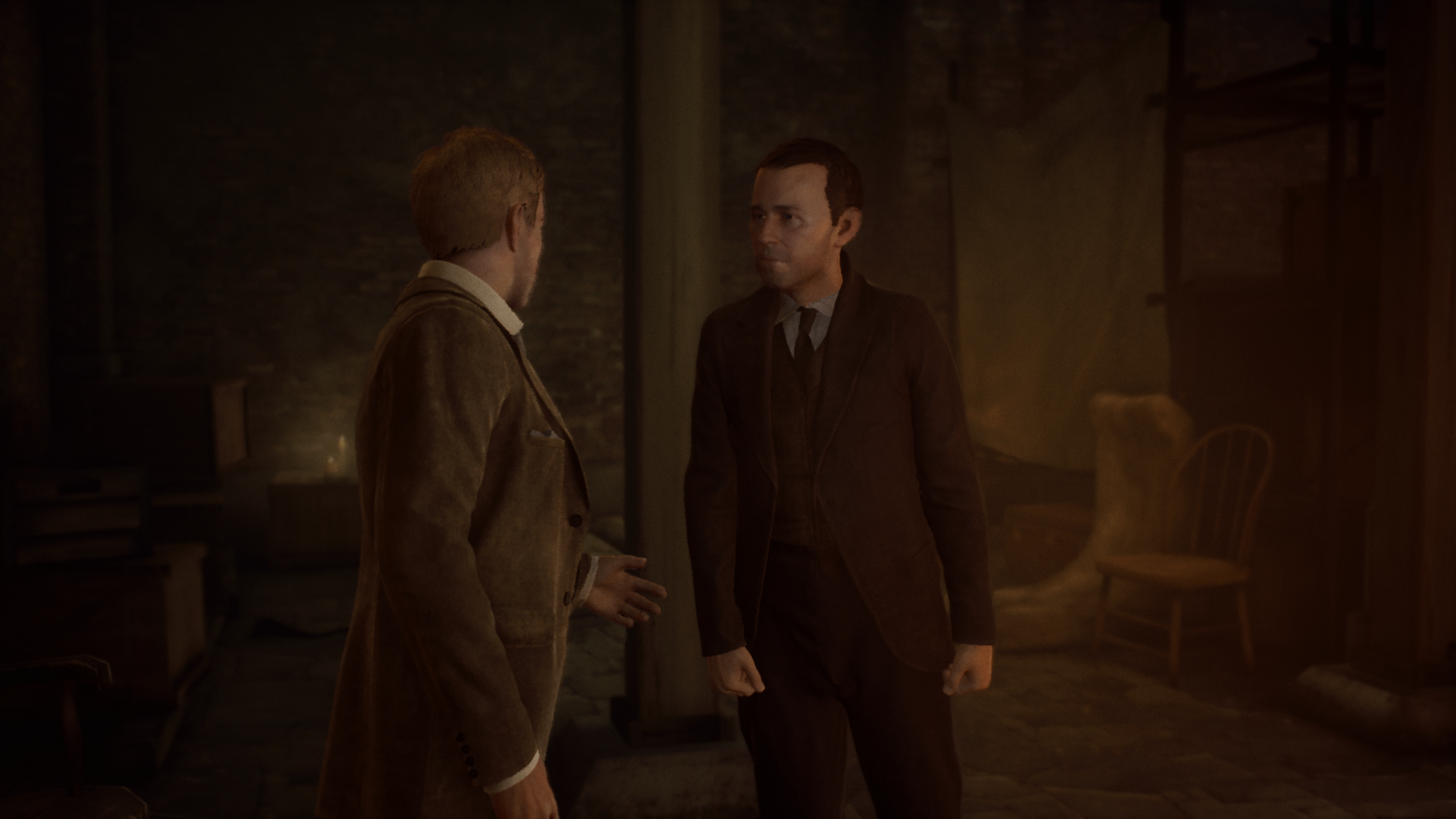
-
Vampyr Review #36

-
Vampyr Review #37
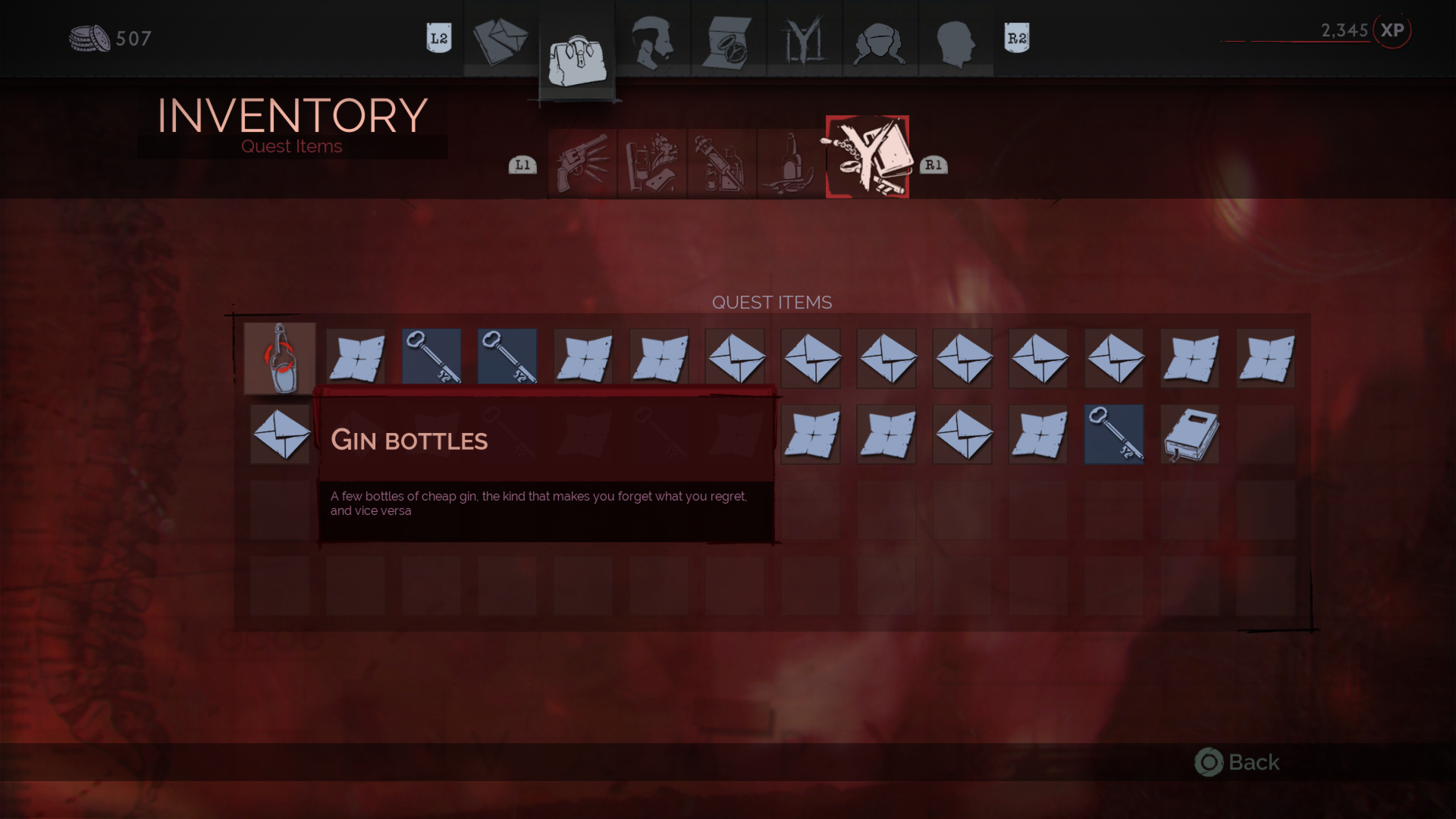
-
Vampyr Review #38
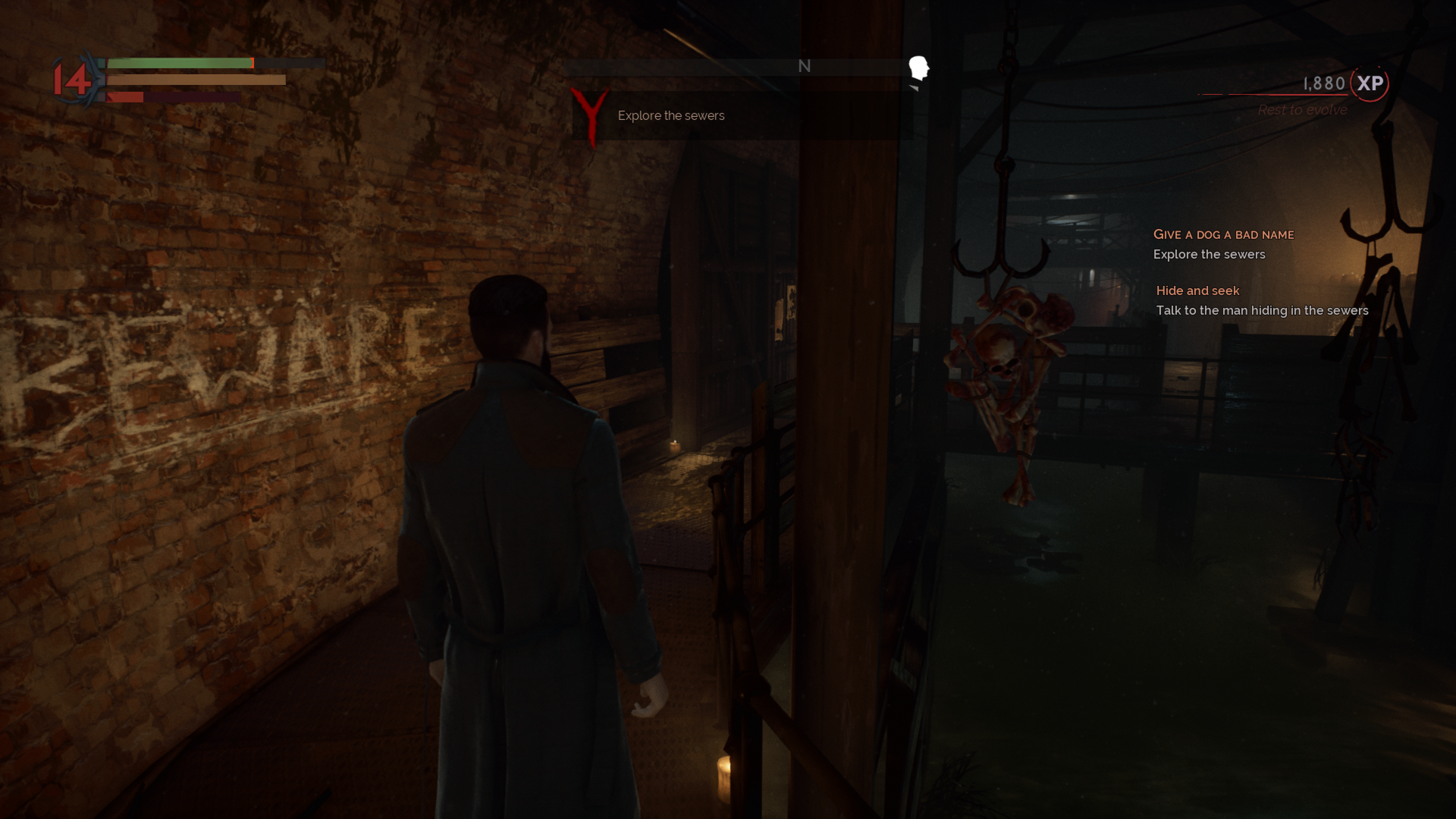
-
Vampyr Review #39
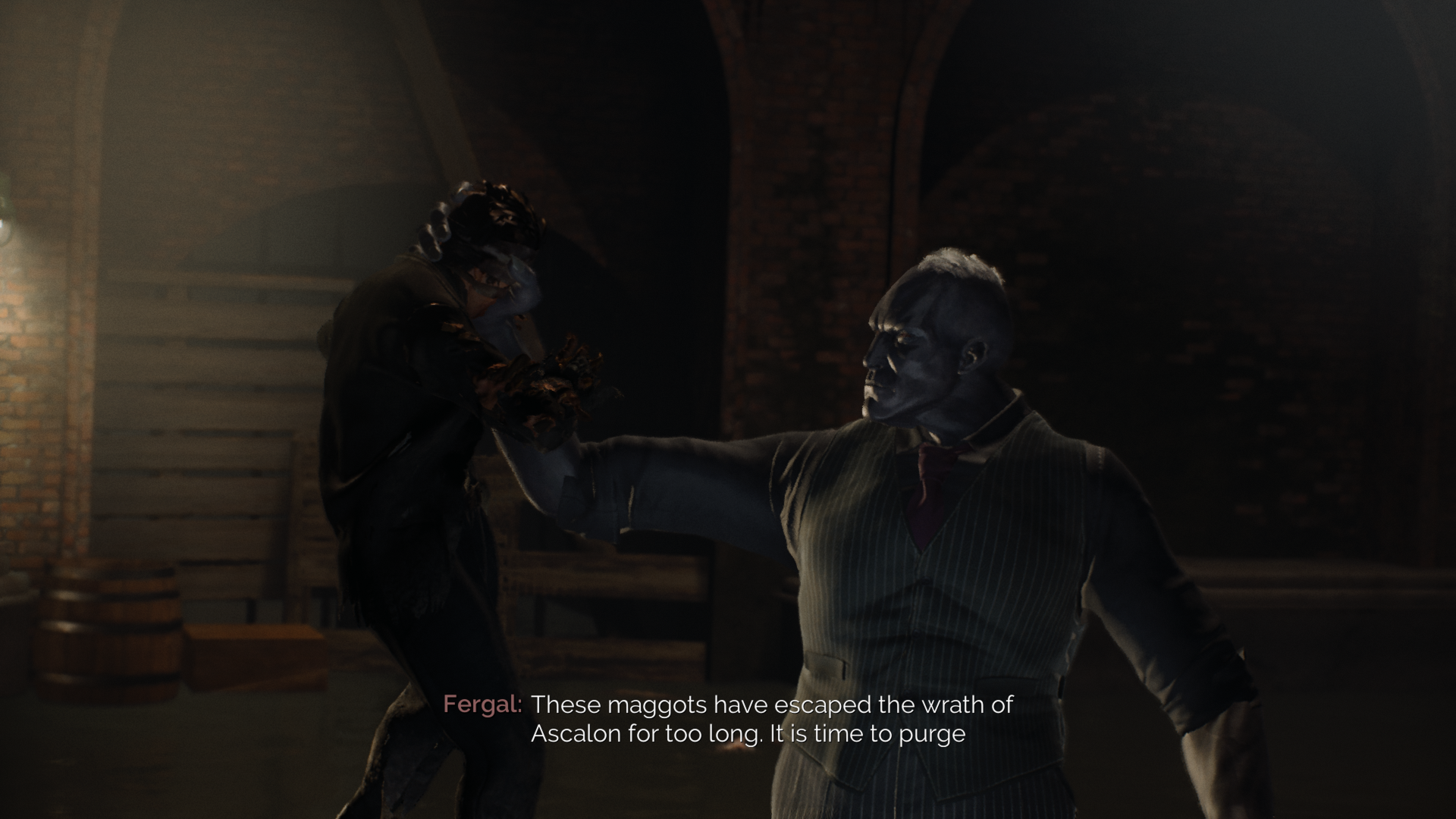
-
Vampyr Review #40
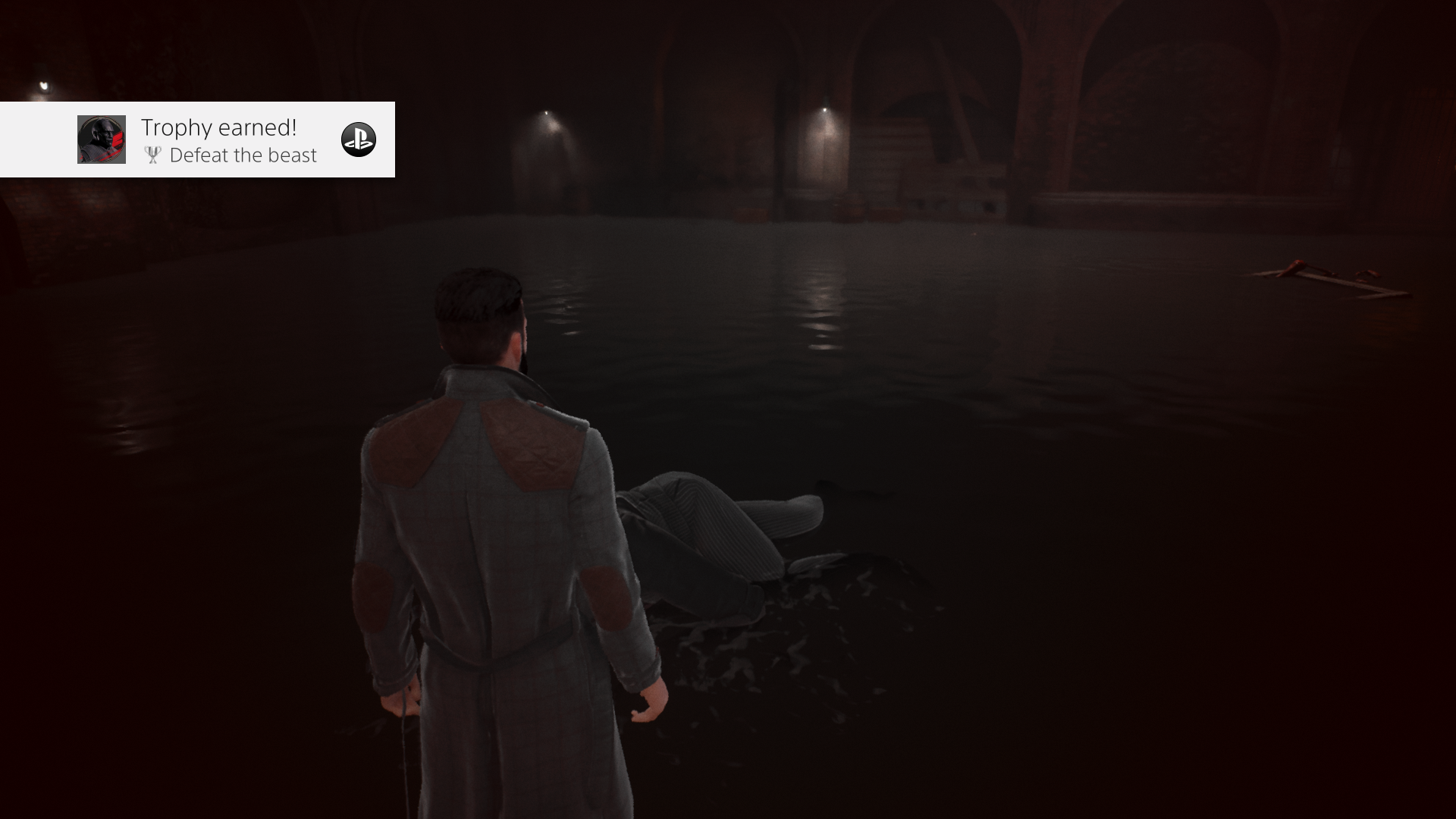
-
Vampyr Review #41

-
Vampyr Review #42
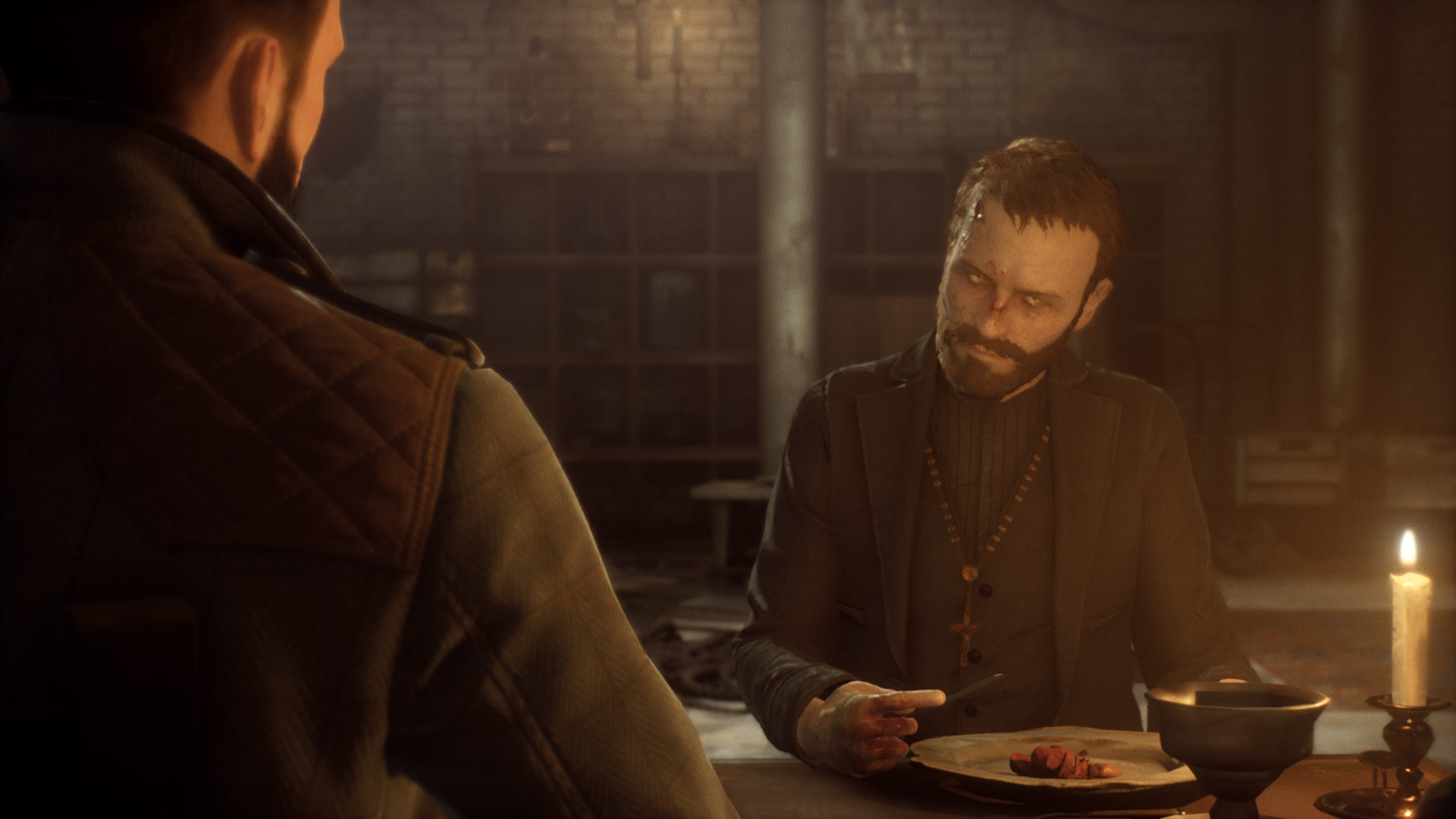
-
Vampyr Review #43
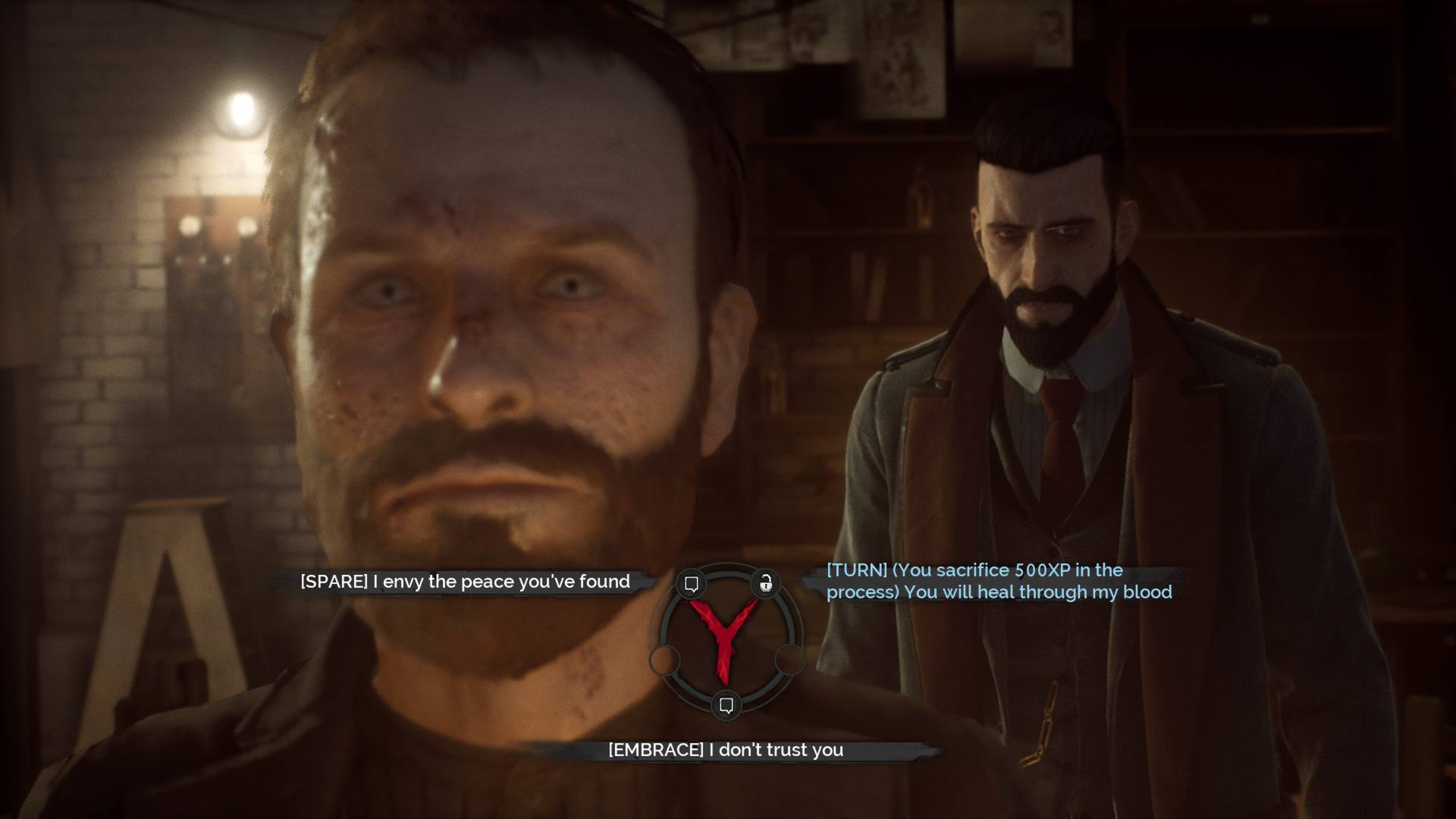
-
Vampyr Review #44
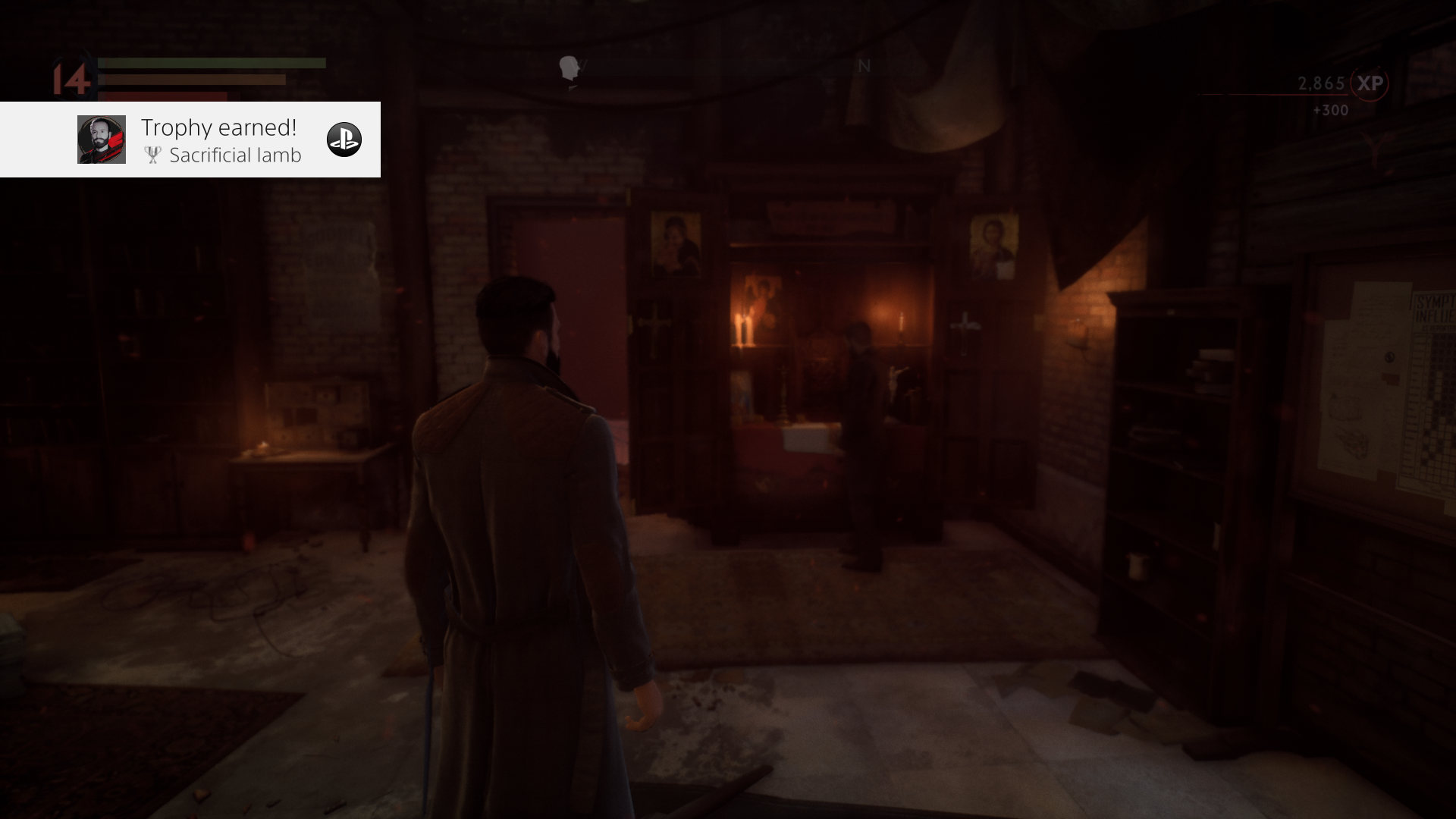
-
Vampyr Review #45
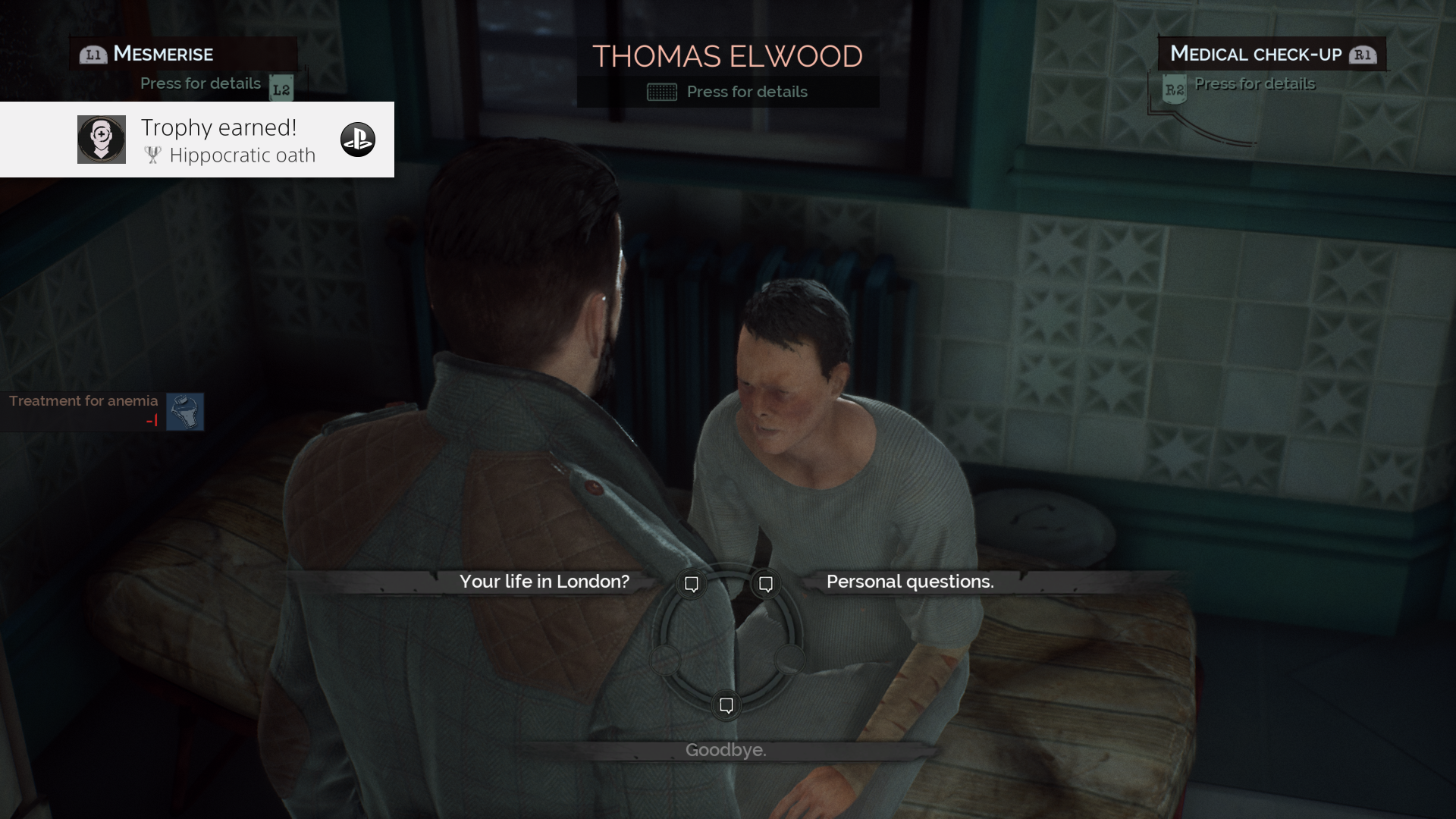
-
Vampyr Review #46
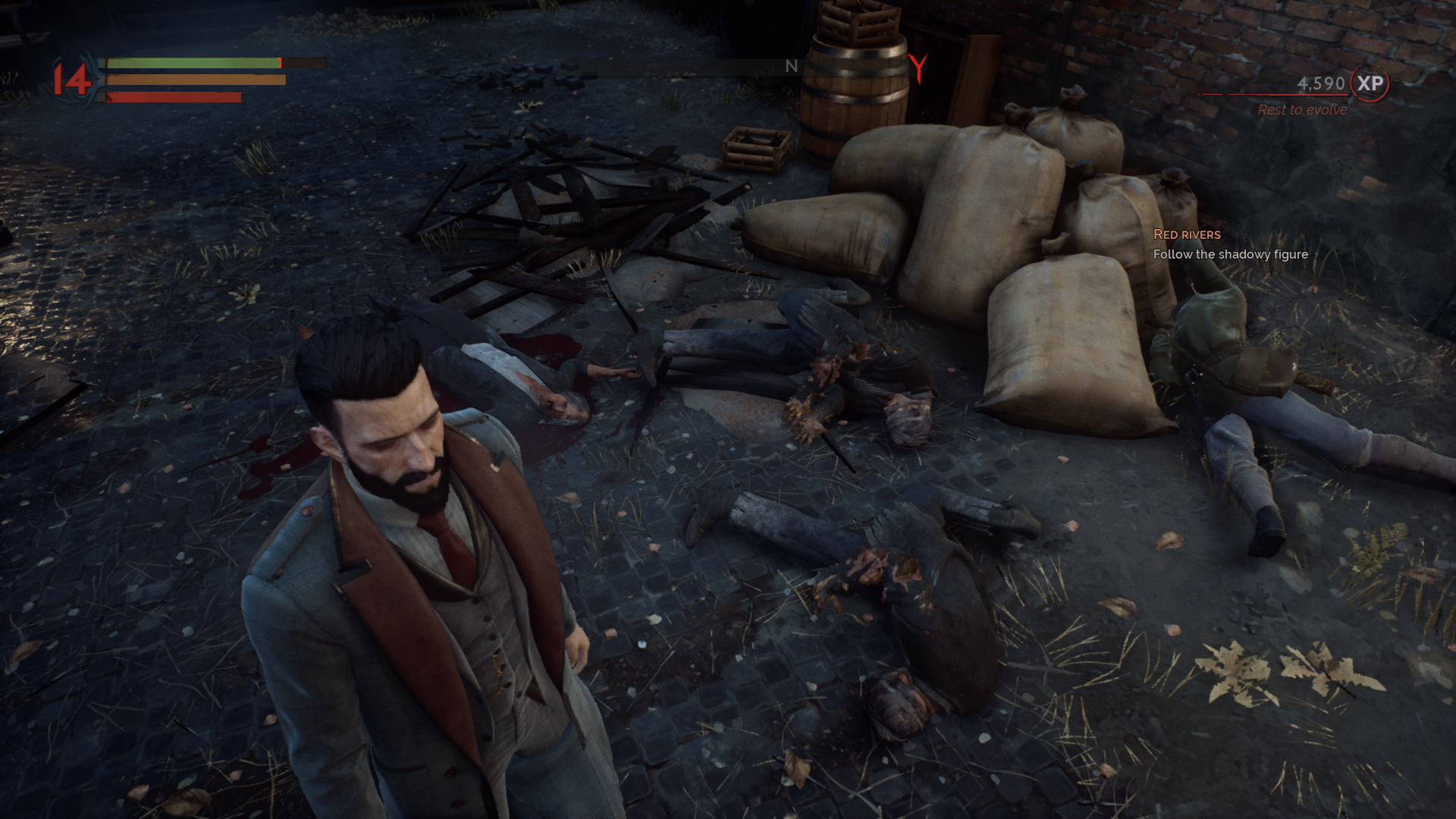
-
Vampyr Review #47
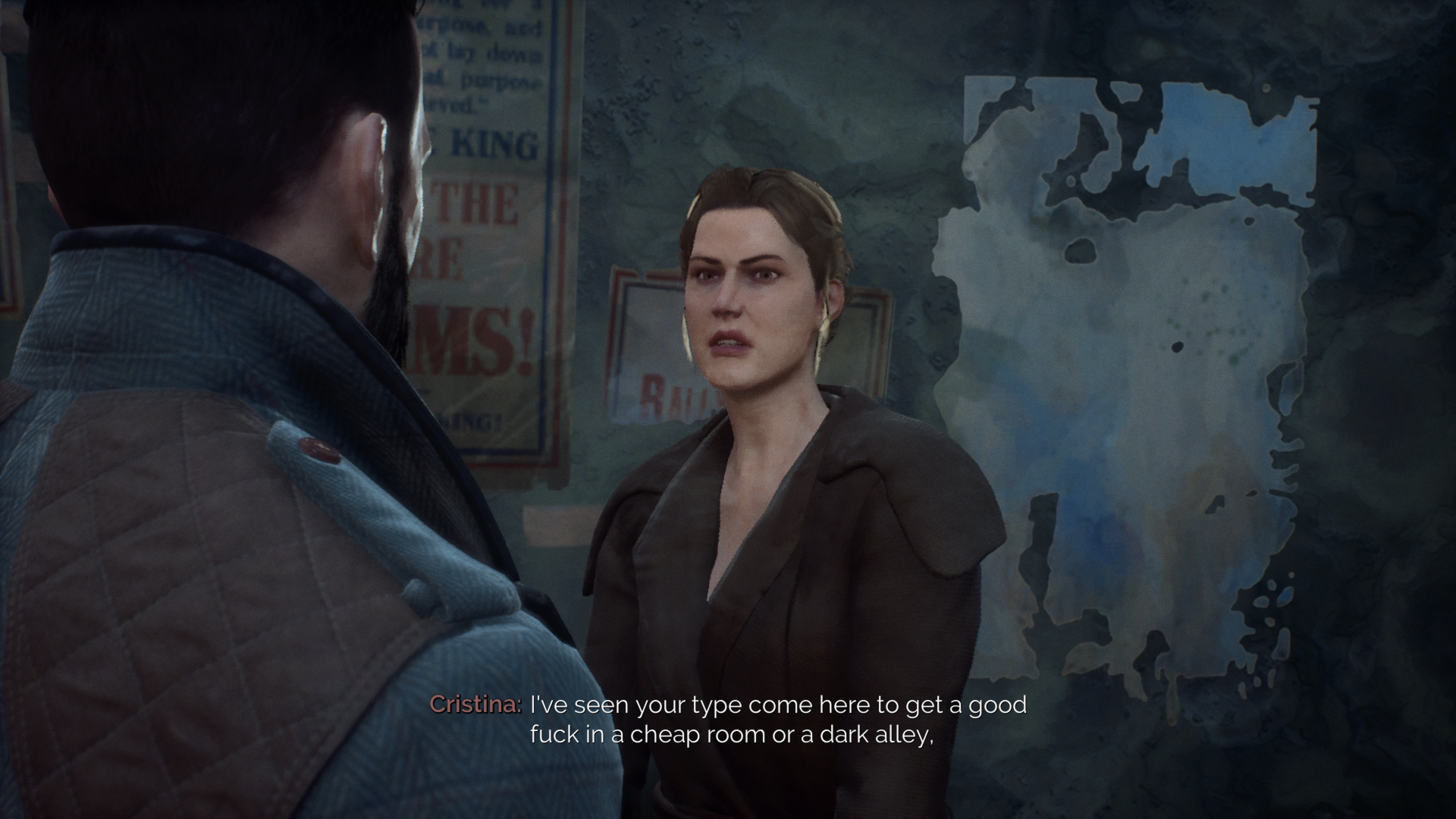
-
Vampyr Review #48
